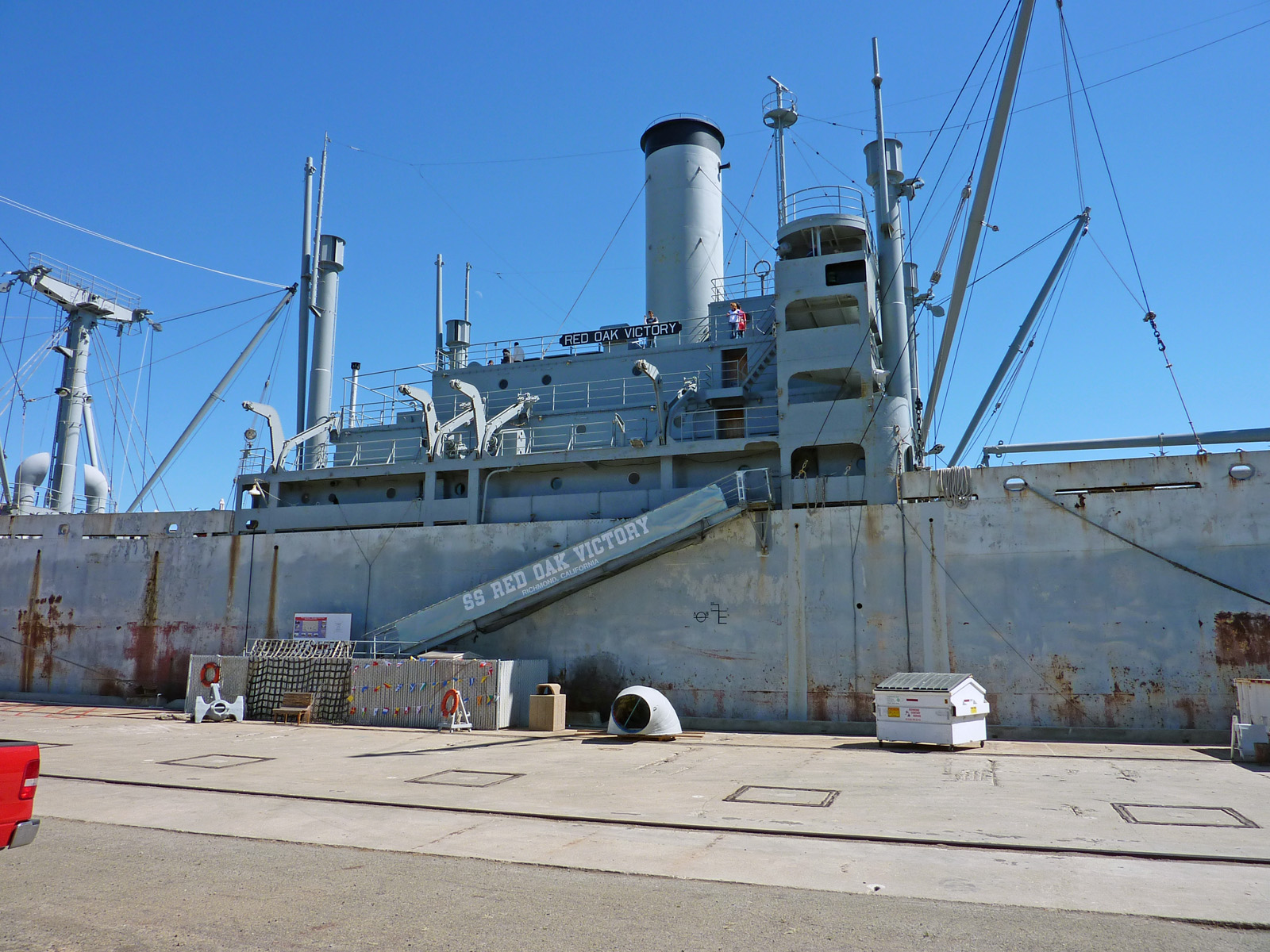
SS Red Oak Victory
One of three remaing Victory Ships
Richmond, California


One of three remaing Victory Ships
Richmond, California
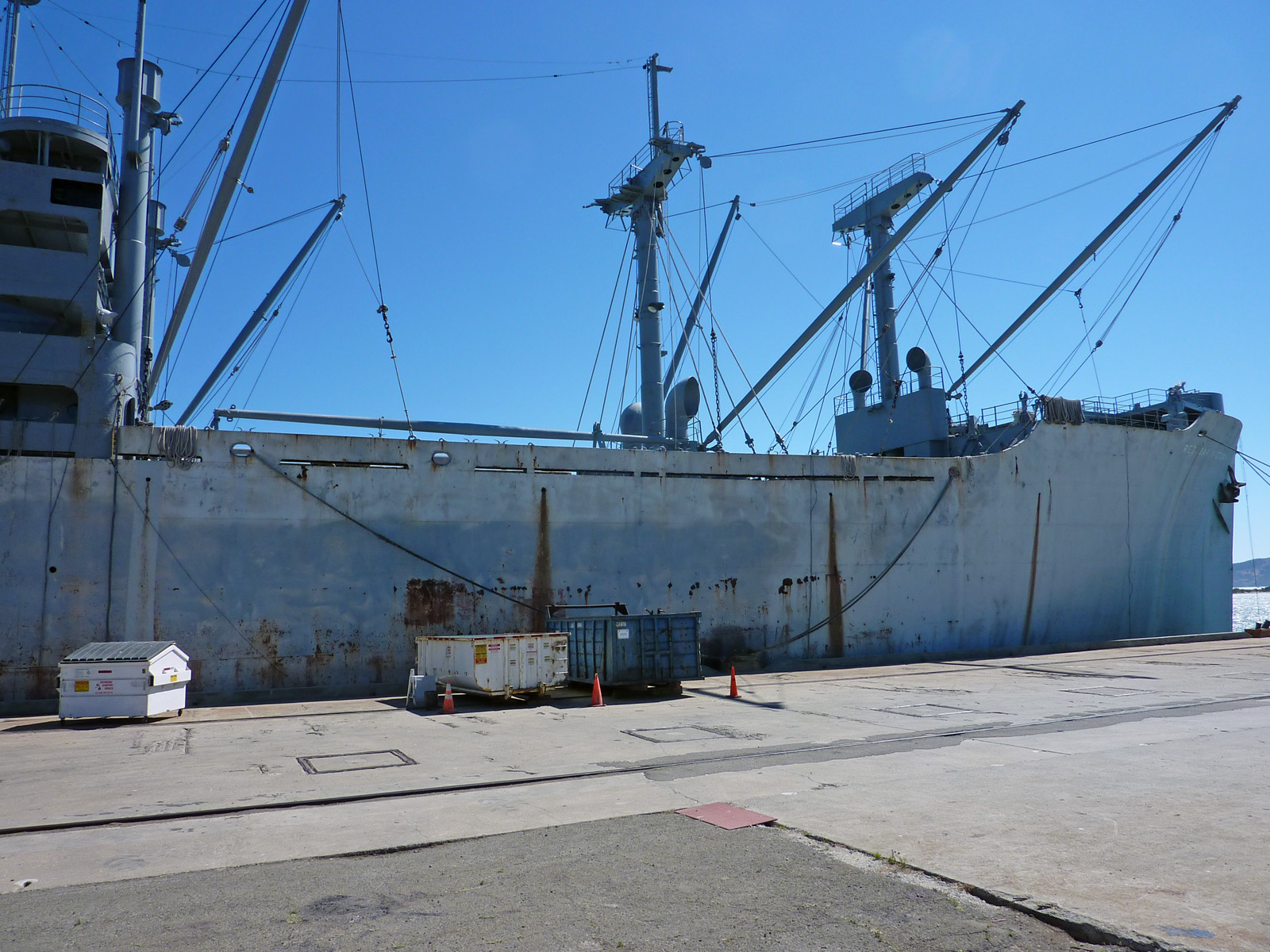


This is a big W-I-D-E photo.
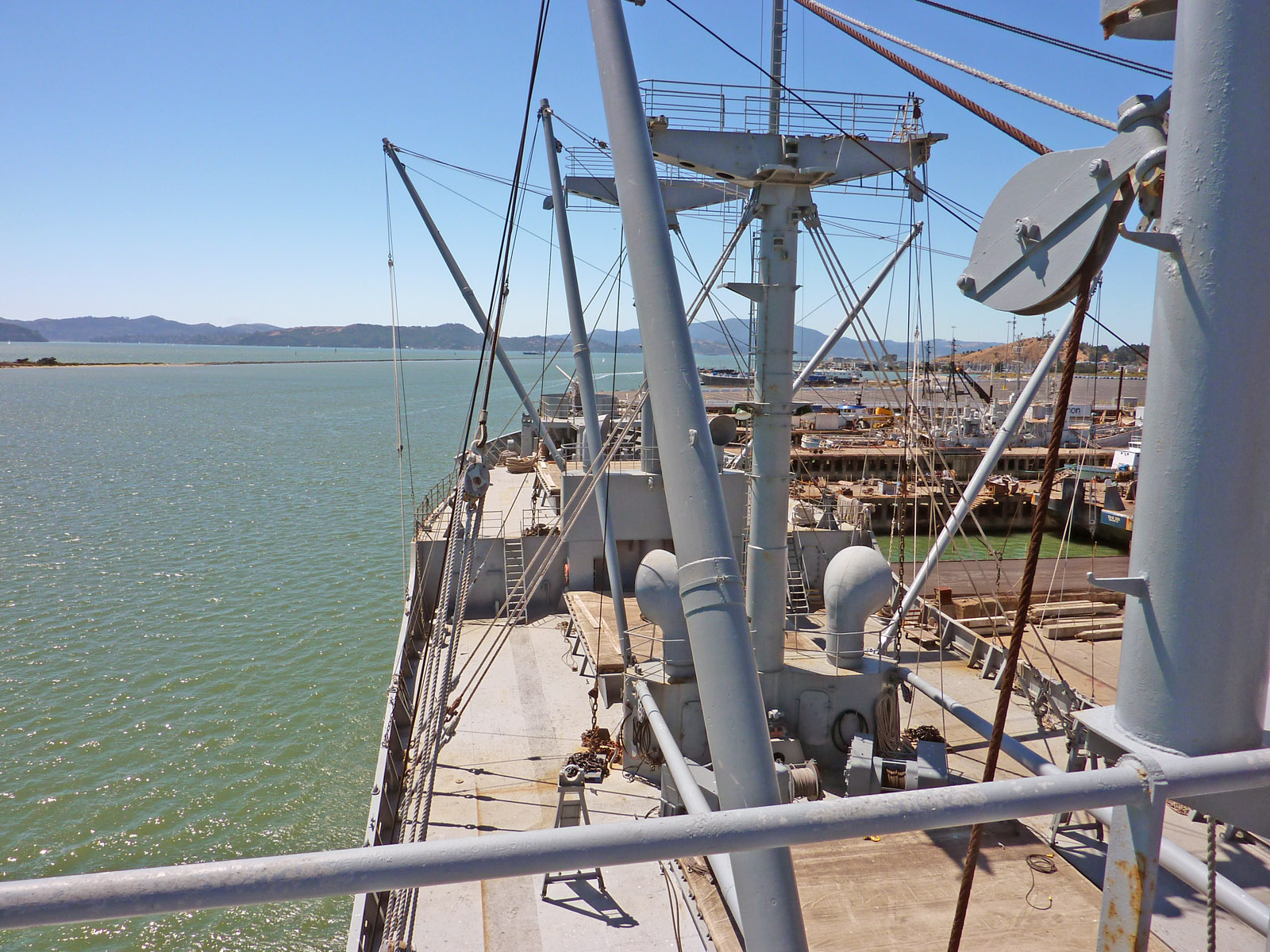
Picture from the port side 03 level observation platform. The exact same spot I took several pictures from, during heavy seas, while on the Michelson, some 40 years ago. It was very very weird, eery, I really felt like I'd been transported back in time. I almost expected to see green water coming over the bow.
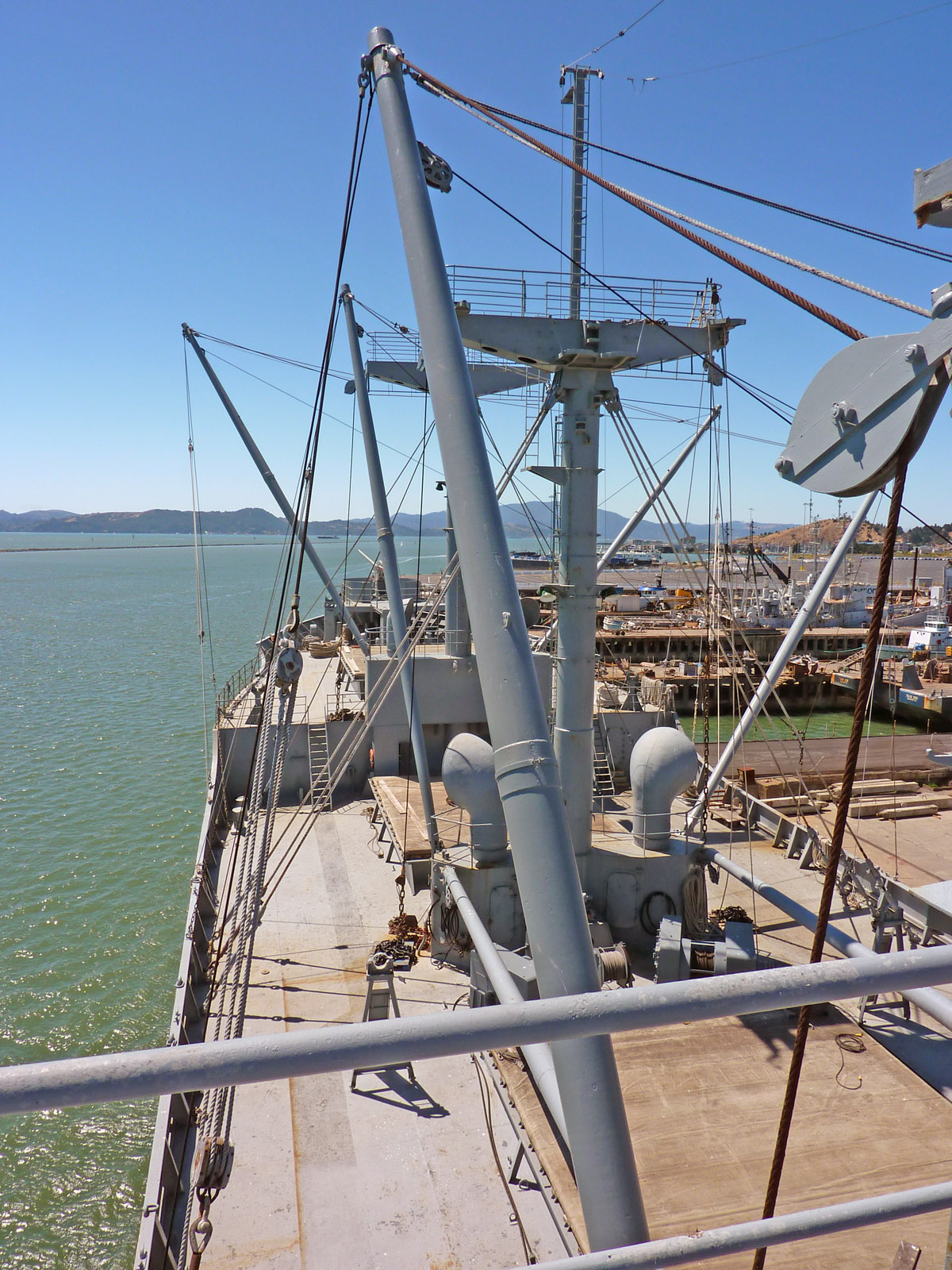
Another from the same spot.
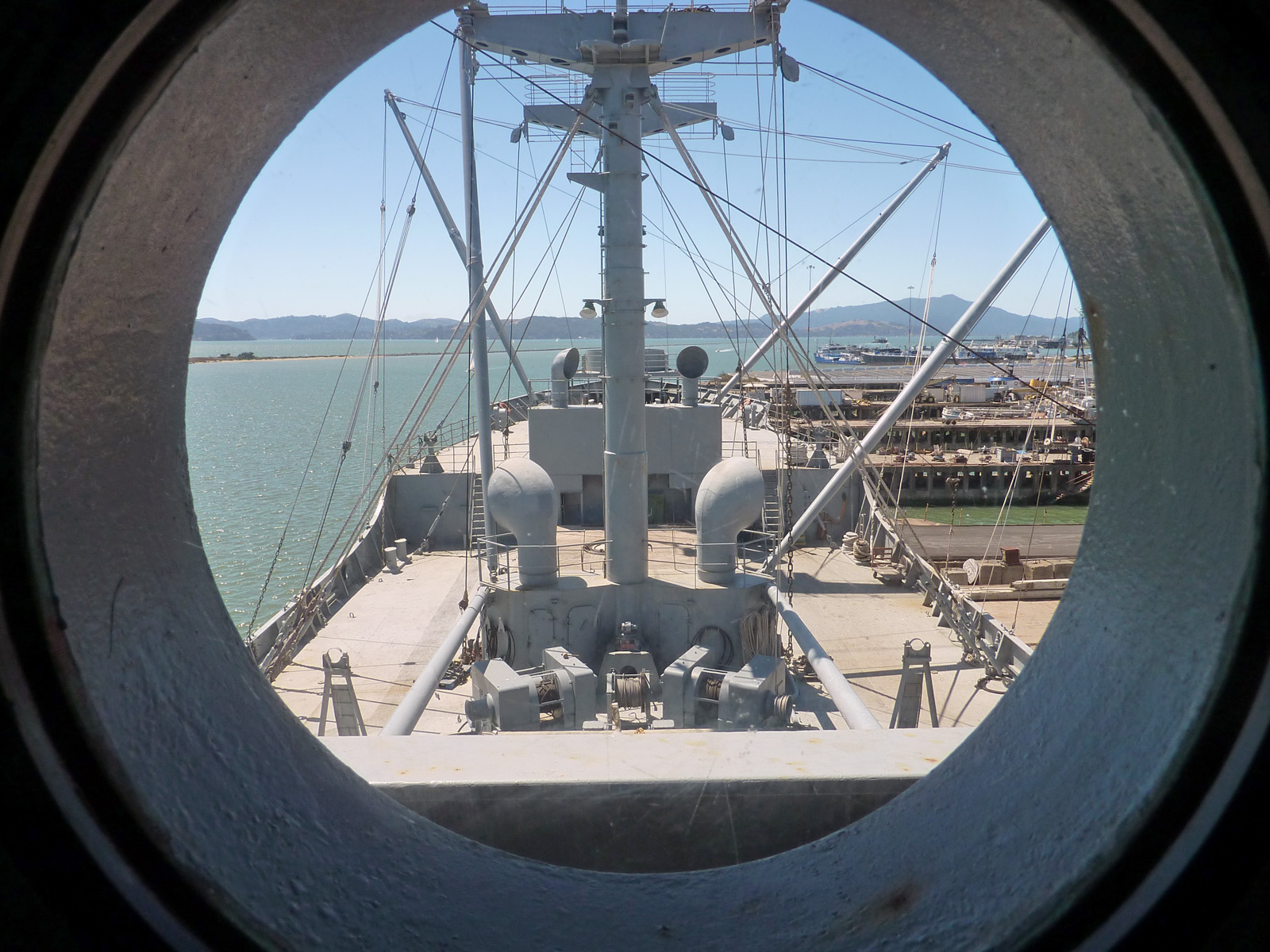
On the bridge, looking out a forward porthole.

Sure had a nice loud ring to it!
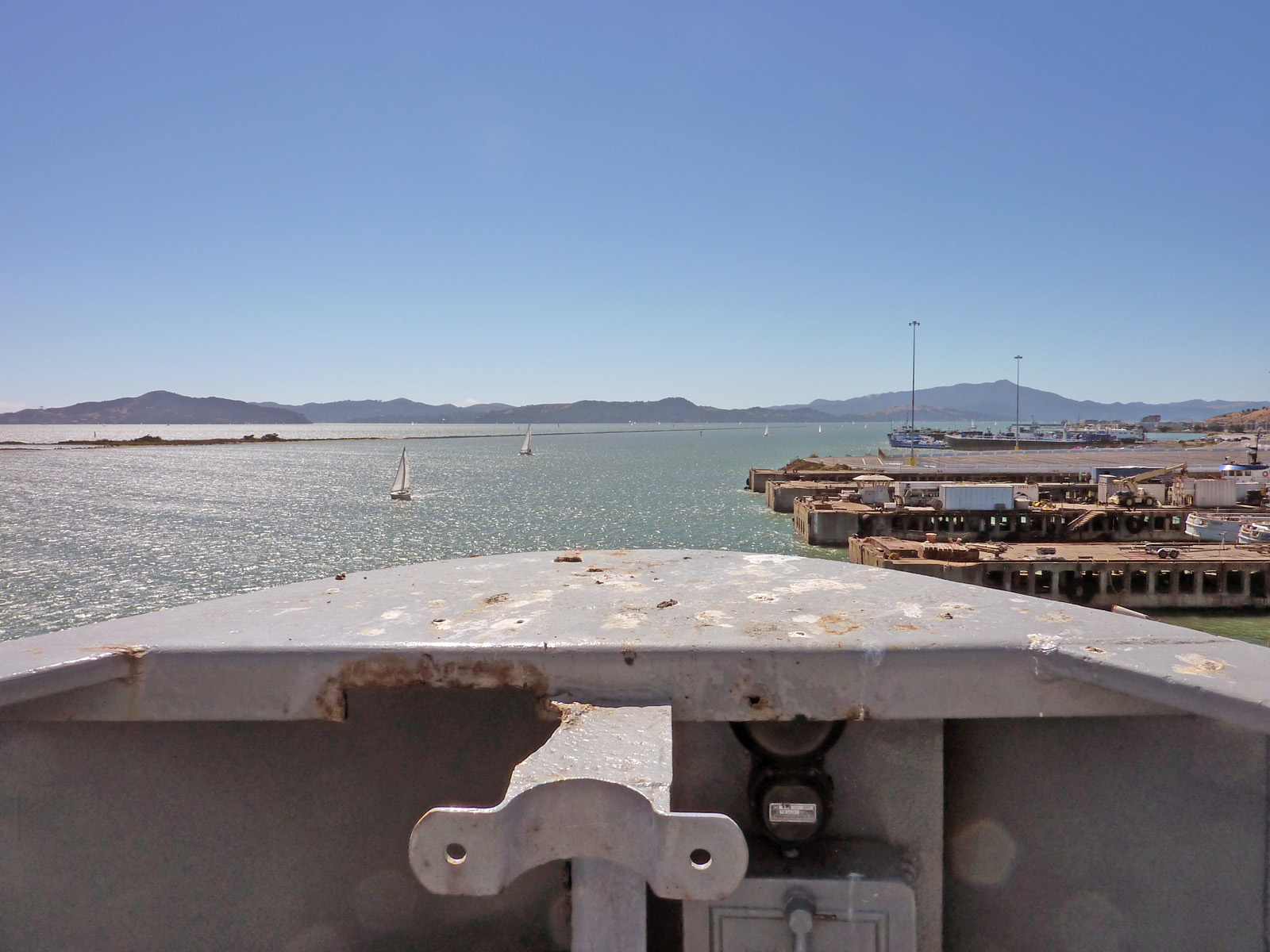
The bow of the ship, we so fondly called "the pointy end".
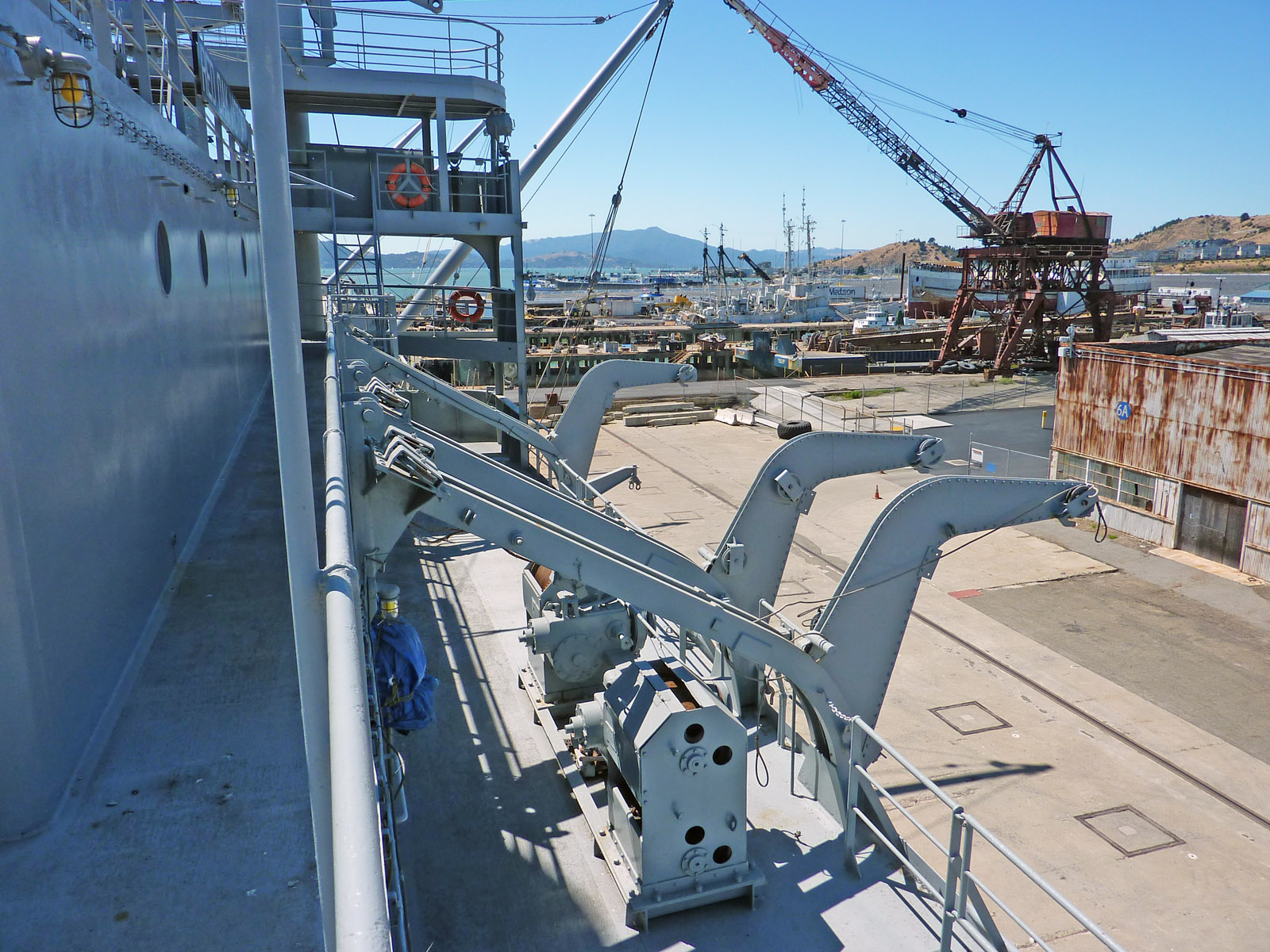

Looking aft, the top of cargo hold #3 is visible.
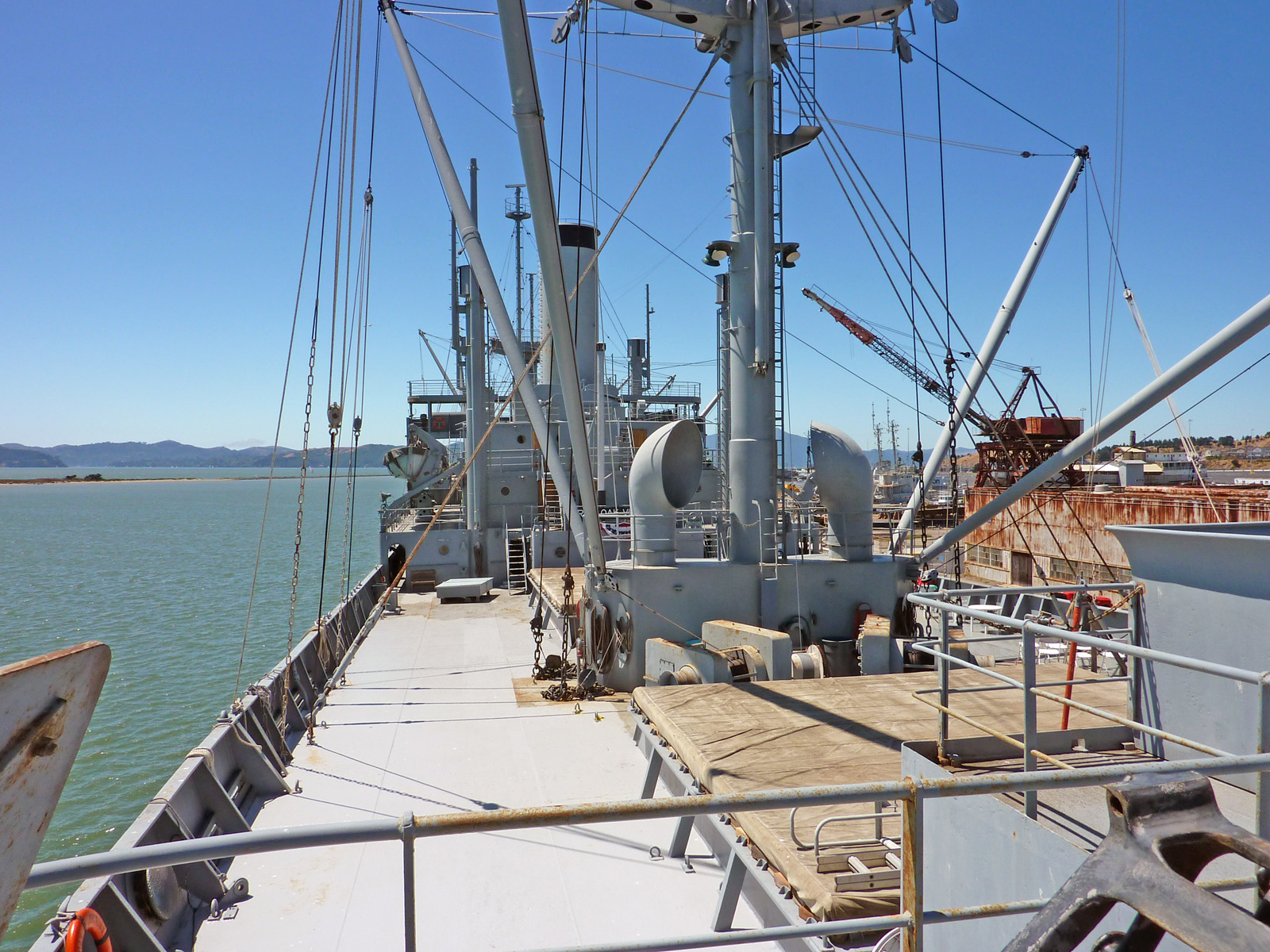
Aft observation deck (also known as the poop deck) looking foward on the port side.

Looking aft from the forward upper deck, just in front of hatch cover of hold #1.
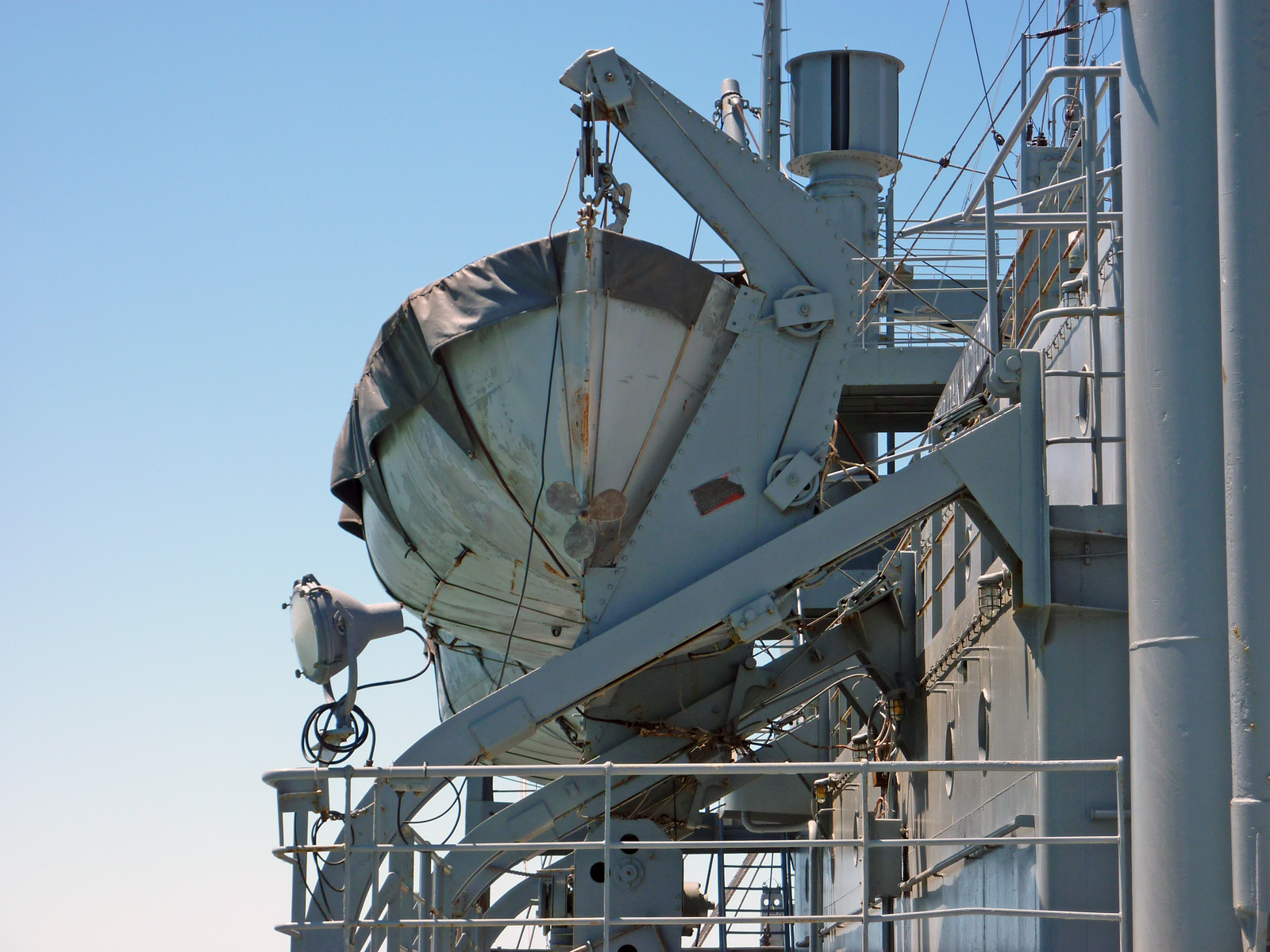

Permanente Metals was one of Kaiser's companies. Kaiser had tens of thousands of people working for him. He realized he had to take care of their medical needs. See where Kaiser Permanent comes from?
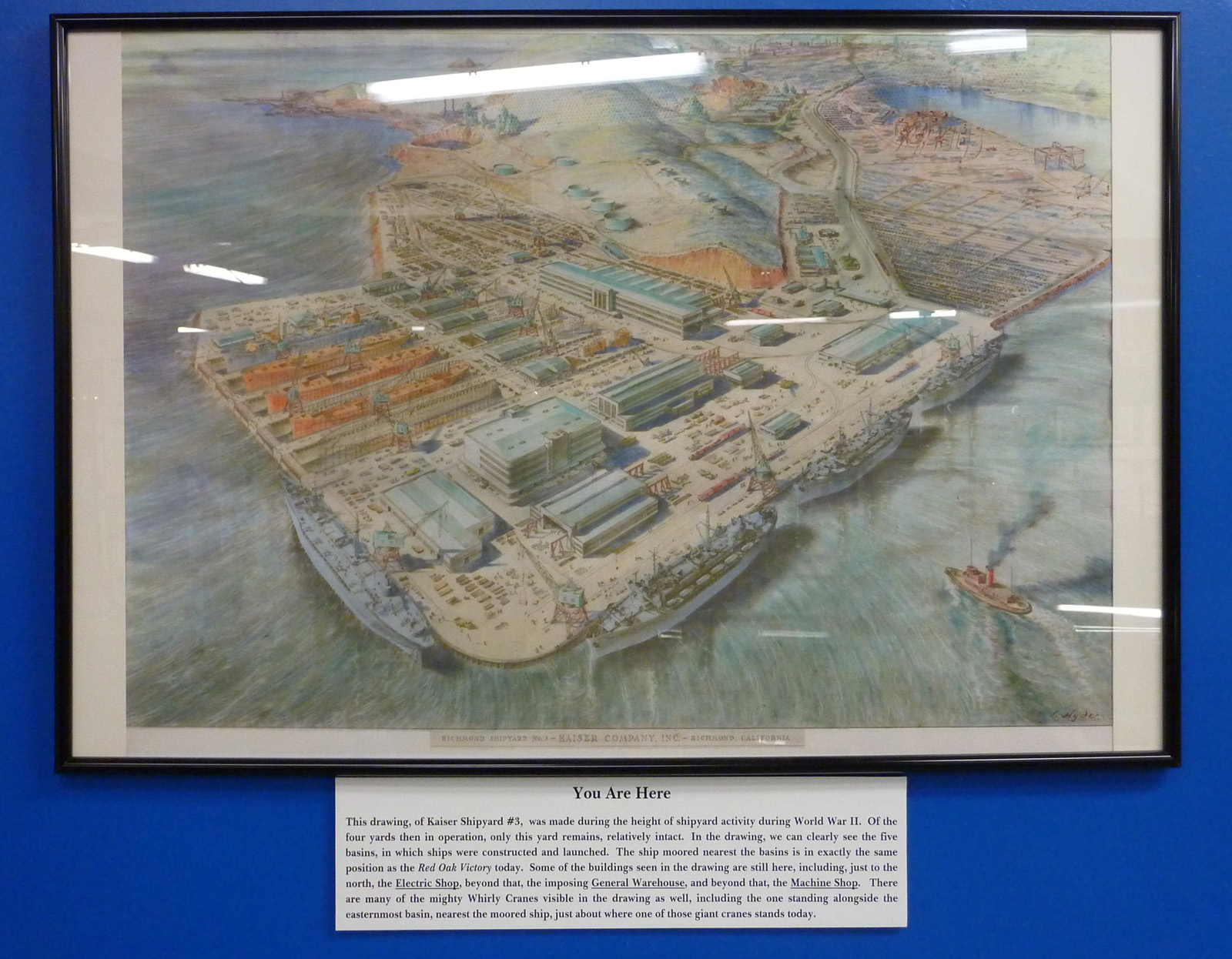
A painting of the original Kaiser shipyard in Richmond during it's heyday.
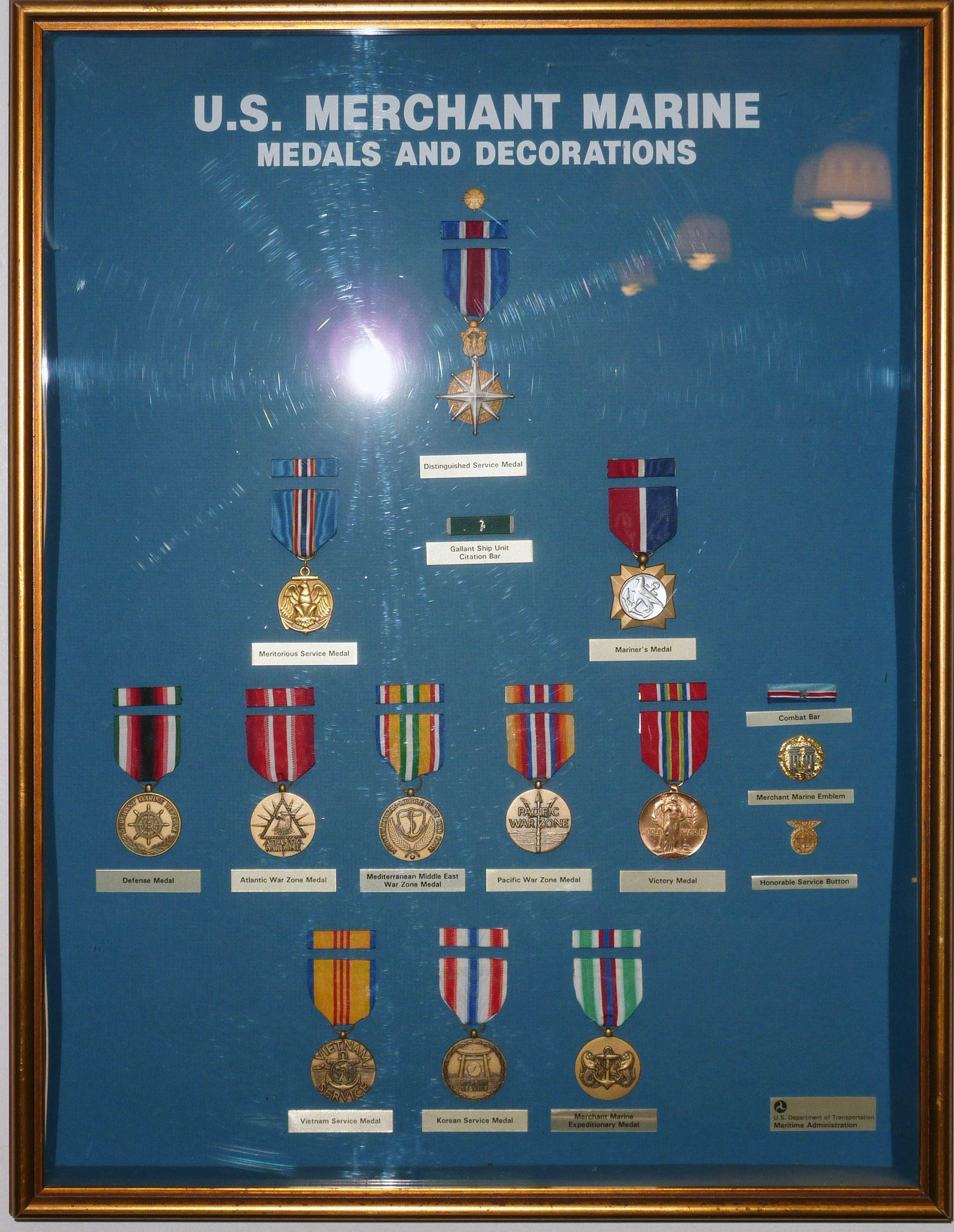
I don't know if these are medals in general, or one's the red oak victory received. I'll have to go back and look again!

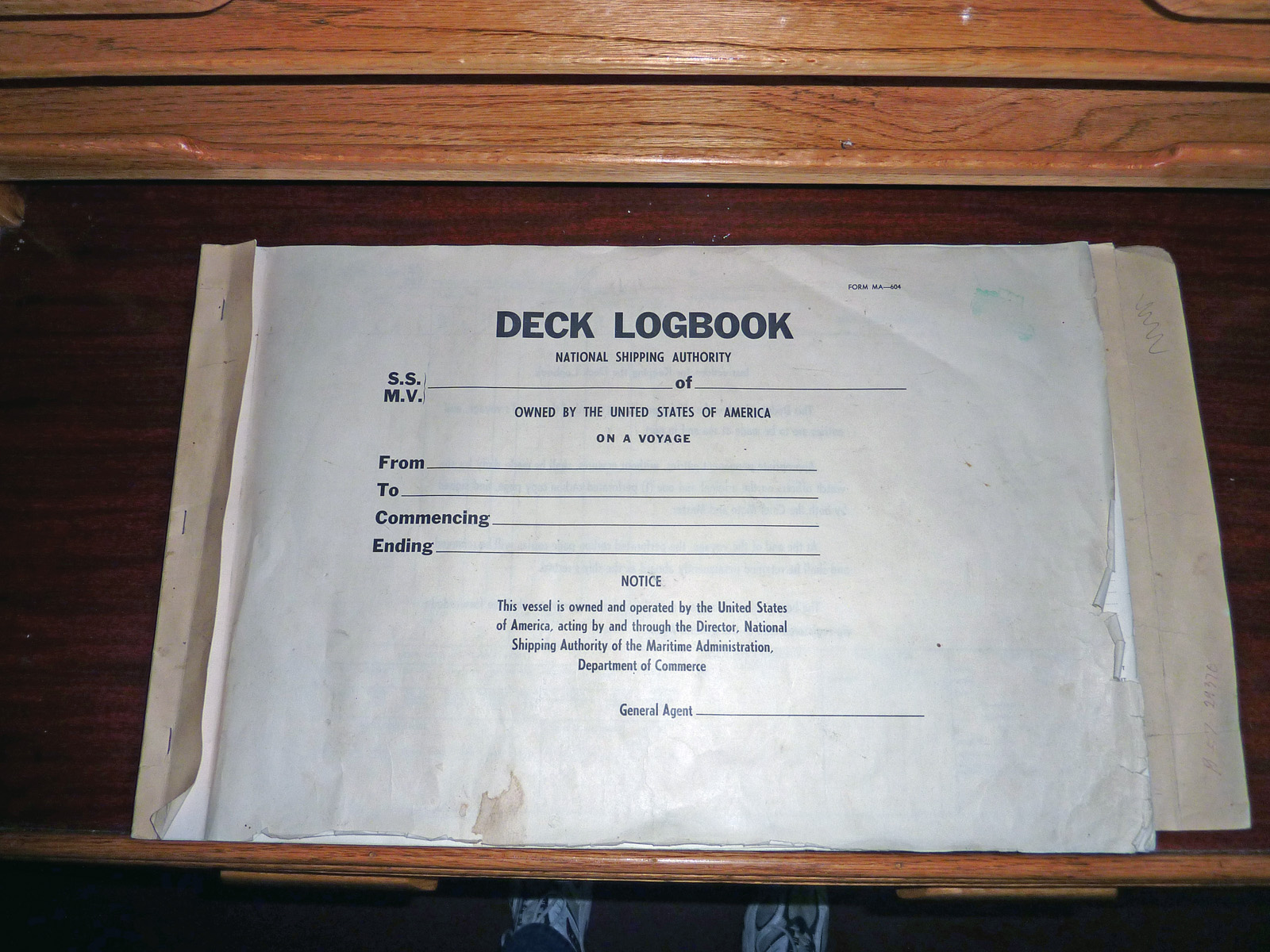
An unused deck log book from the era.

Same log book, inside.


An old Hallicrafters radio... that worked!
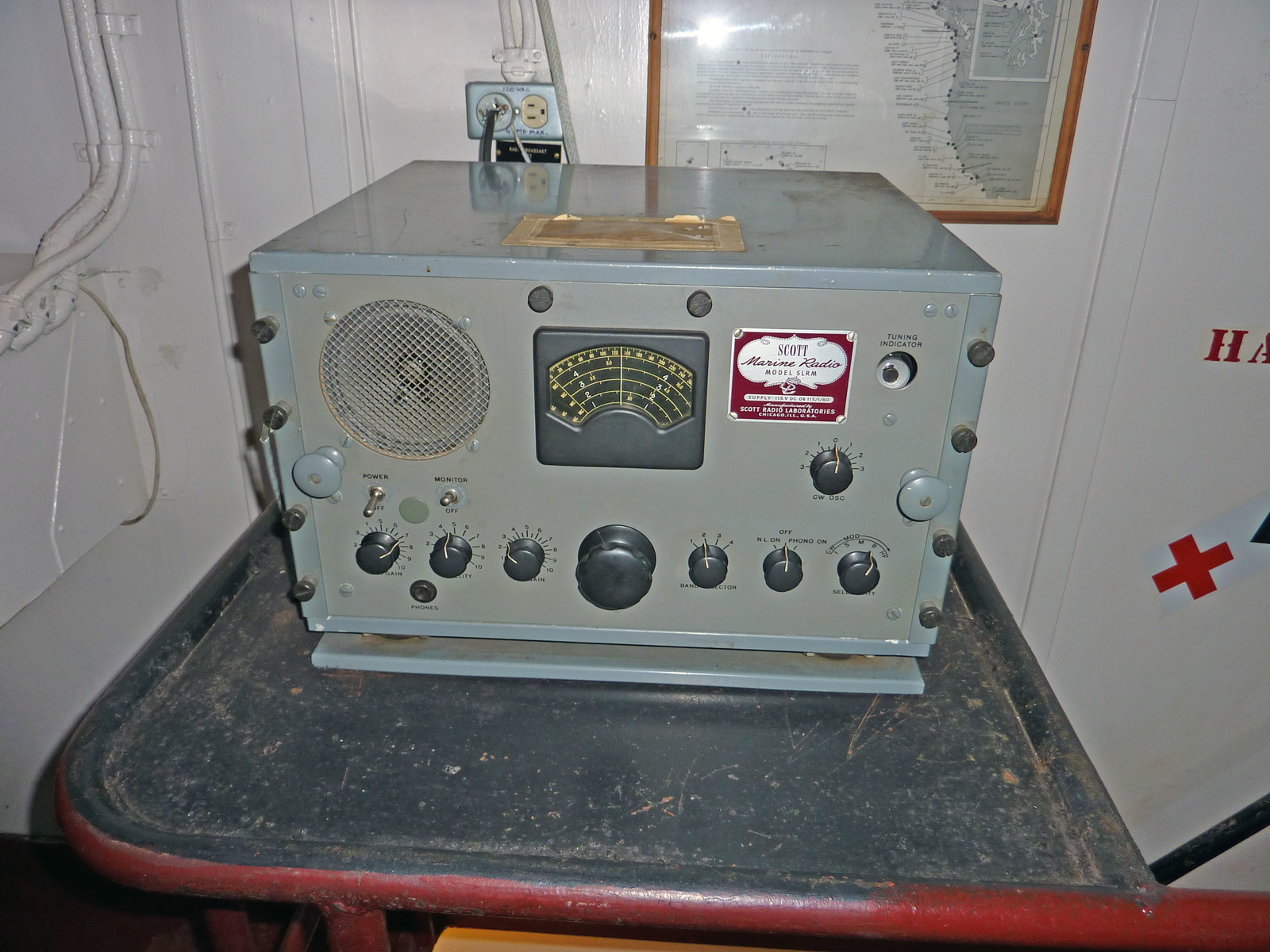
Another working marine radio... strangely the radio station was Japanese. I think it was Tokyo Rose talking.

An original radio direction finder, for navigation.
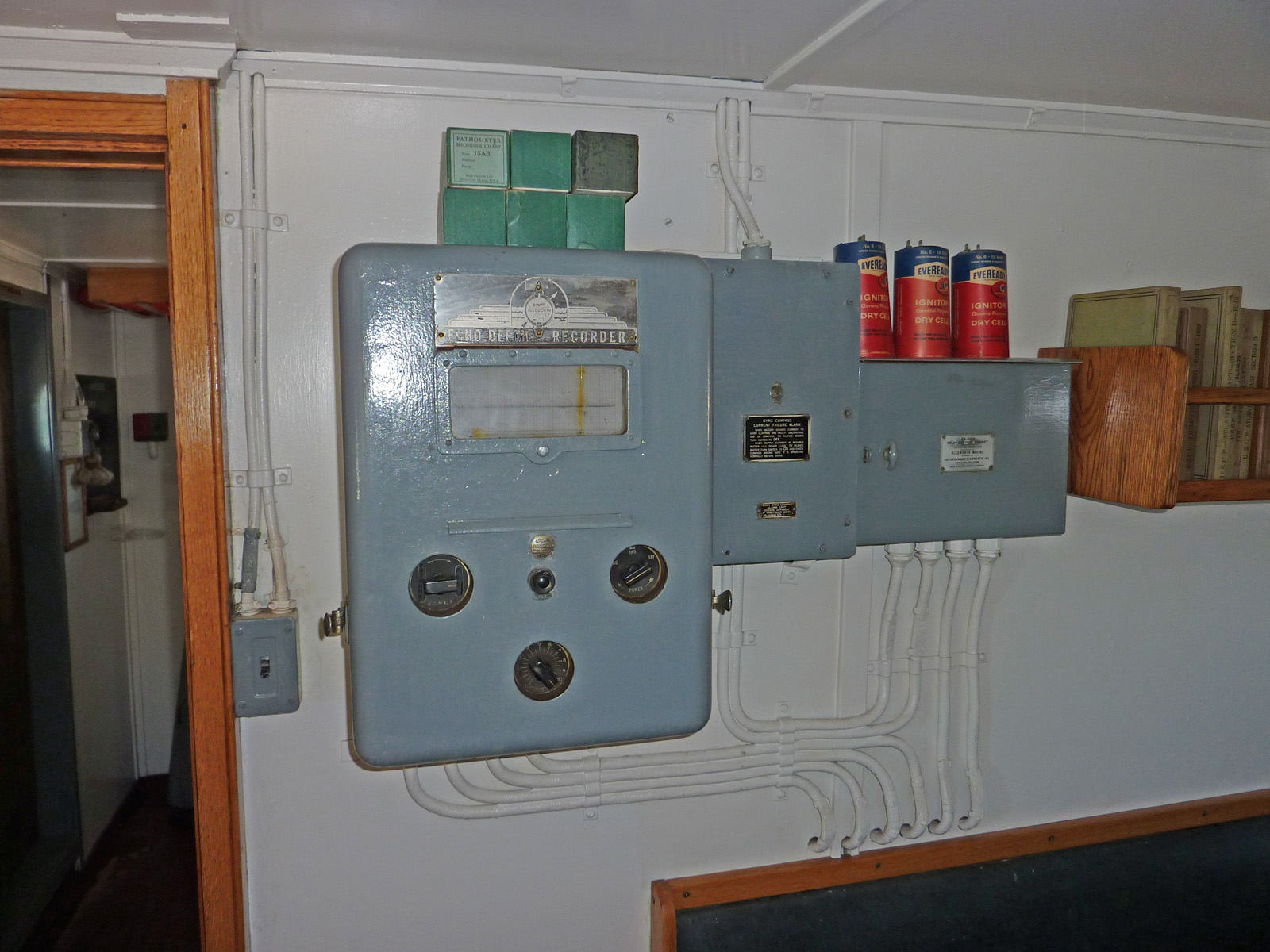
A strip chart depth sounding fathometer.

Main galley, still used every other Sunday for a pancake breakfast.
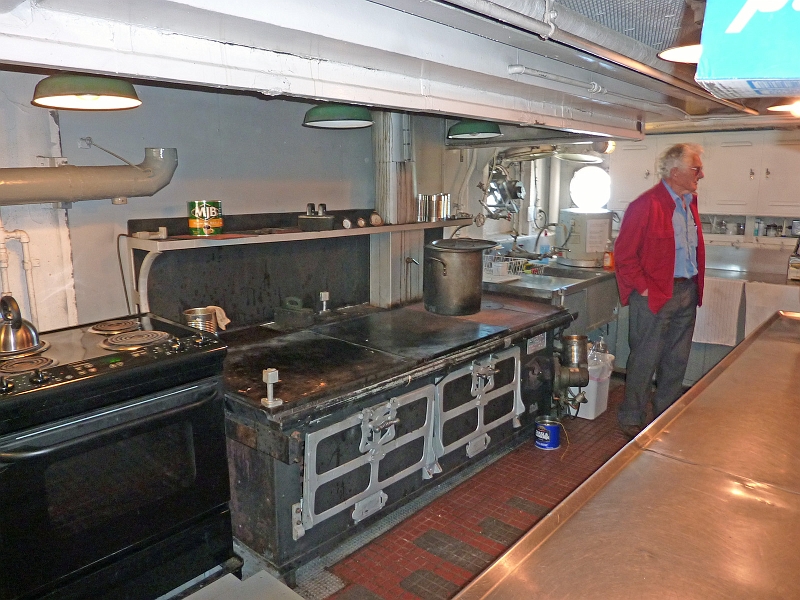
The original oil fired grill is still used! That's George, a WWII Army Vet who gave me a tour of the ship. He was in his 80's. Loved talking about the ship and his time in WWII. He moved up and down the ship's ladders like I did when I was 20!
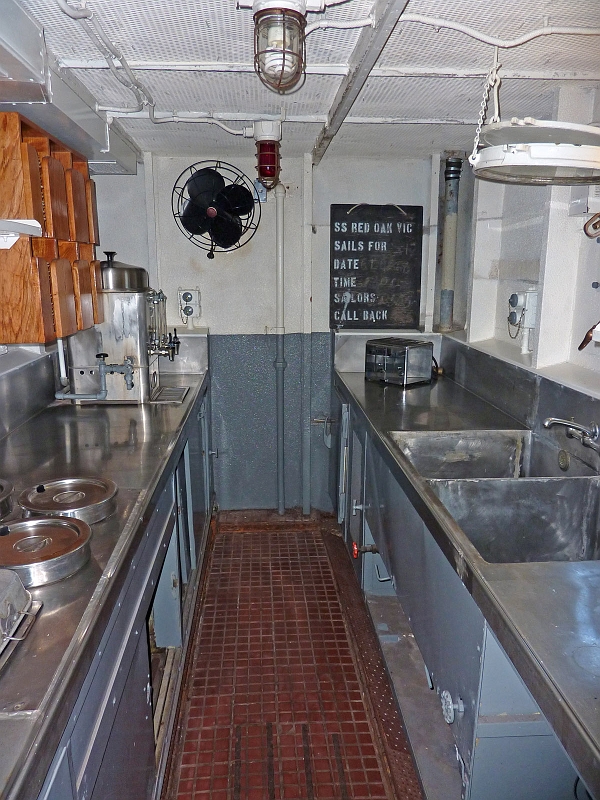
Looks like food warming station and cleaning.
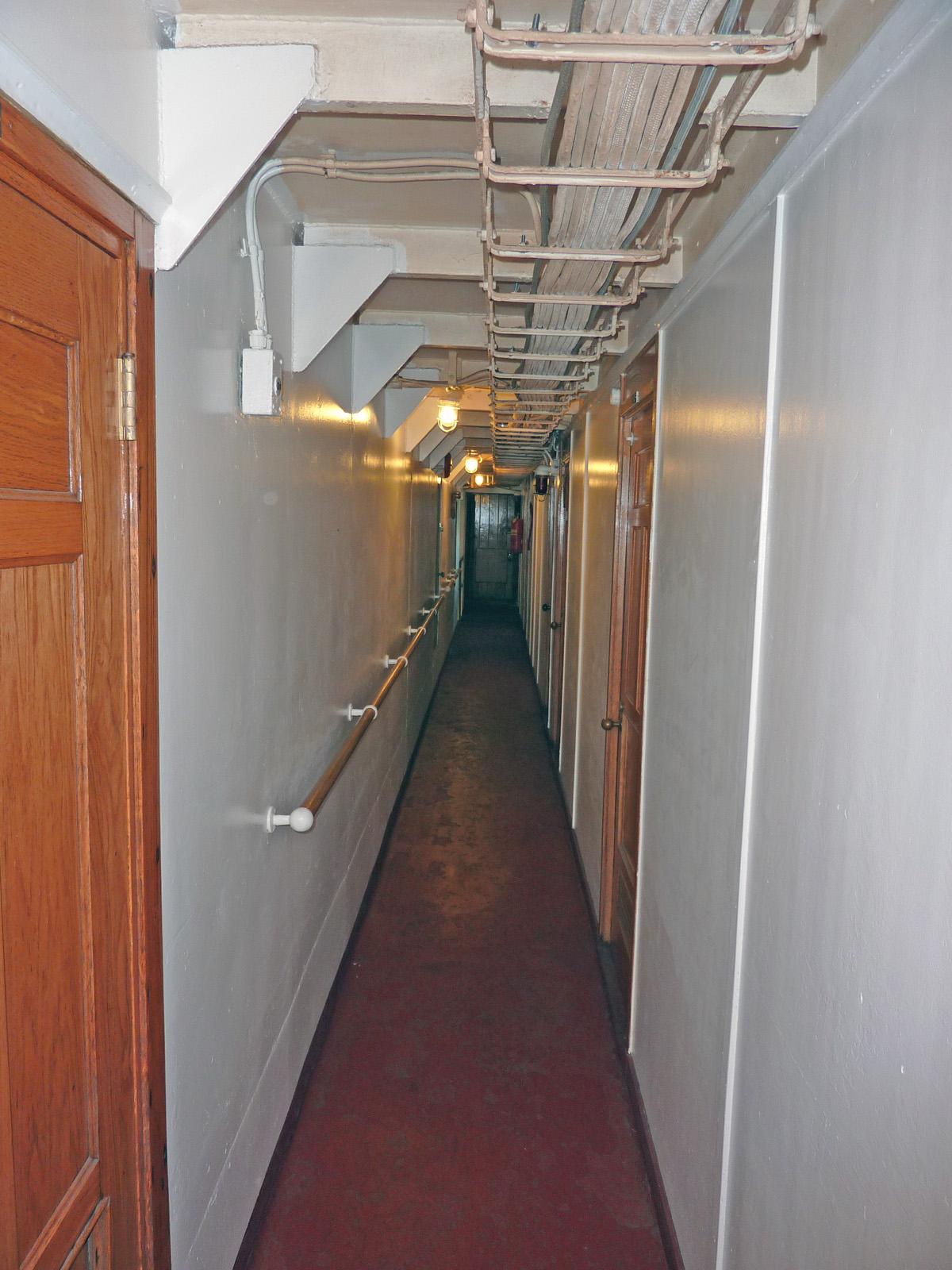

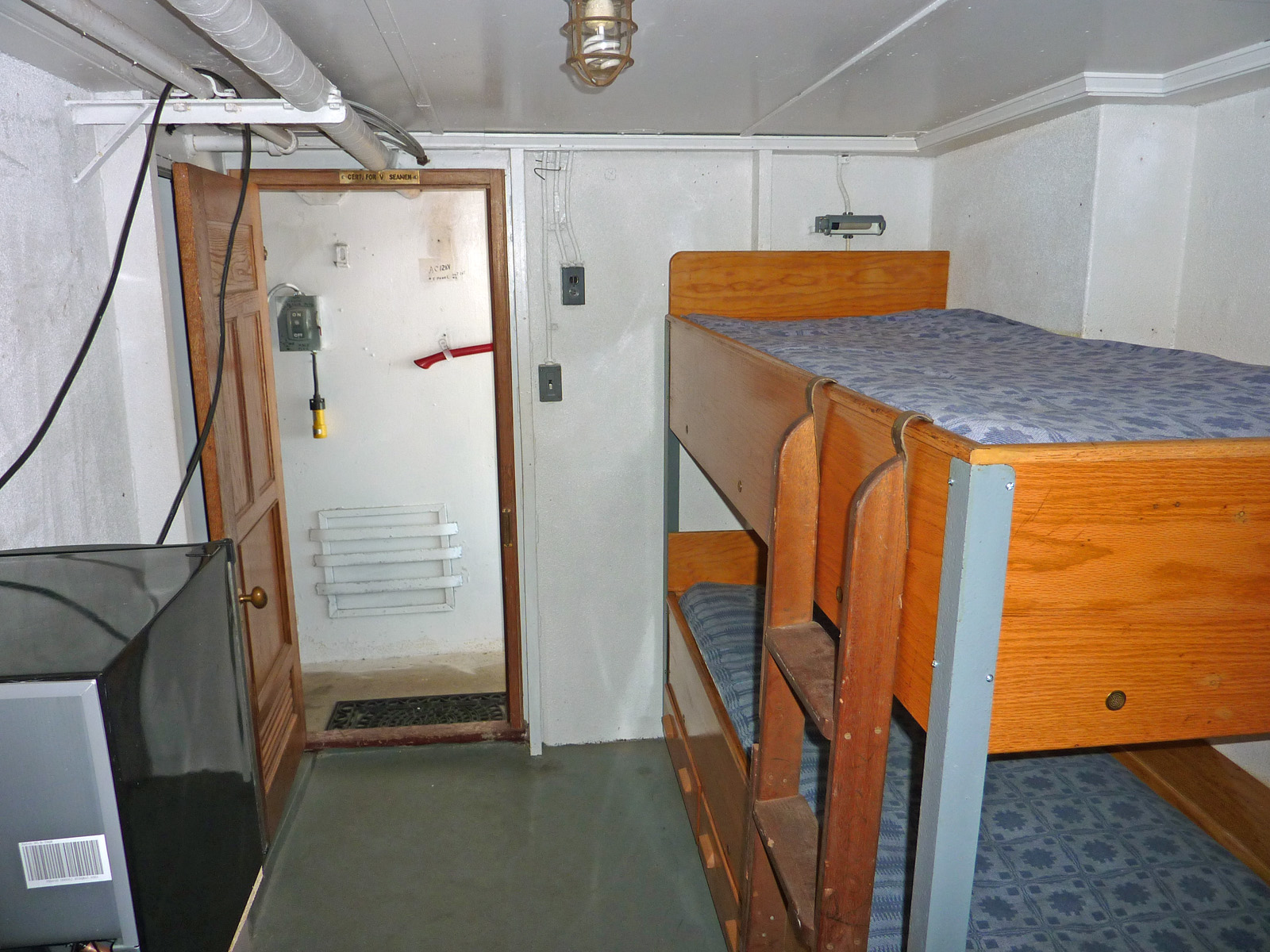
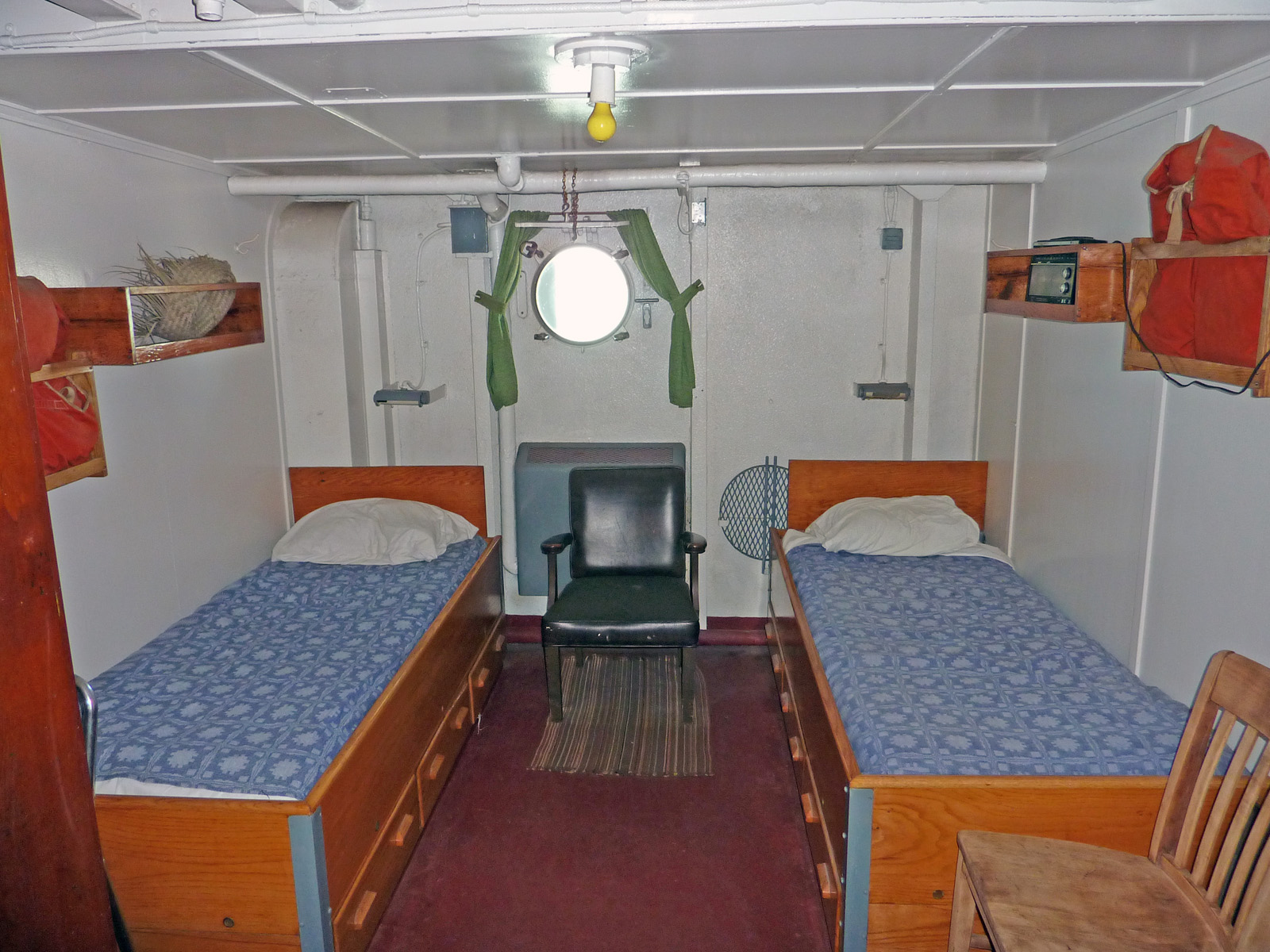
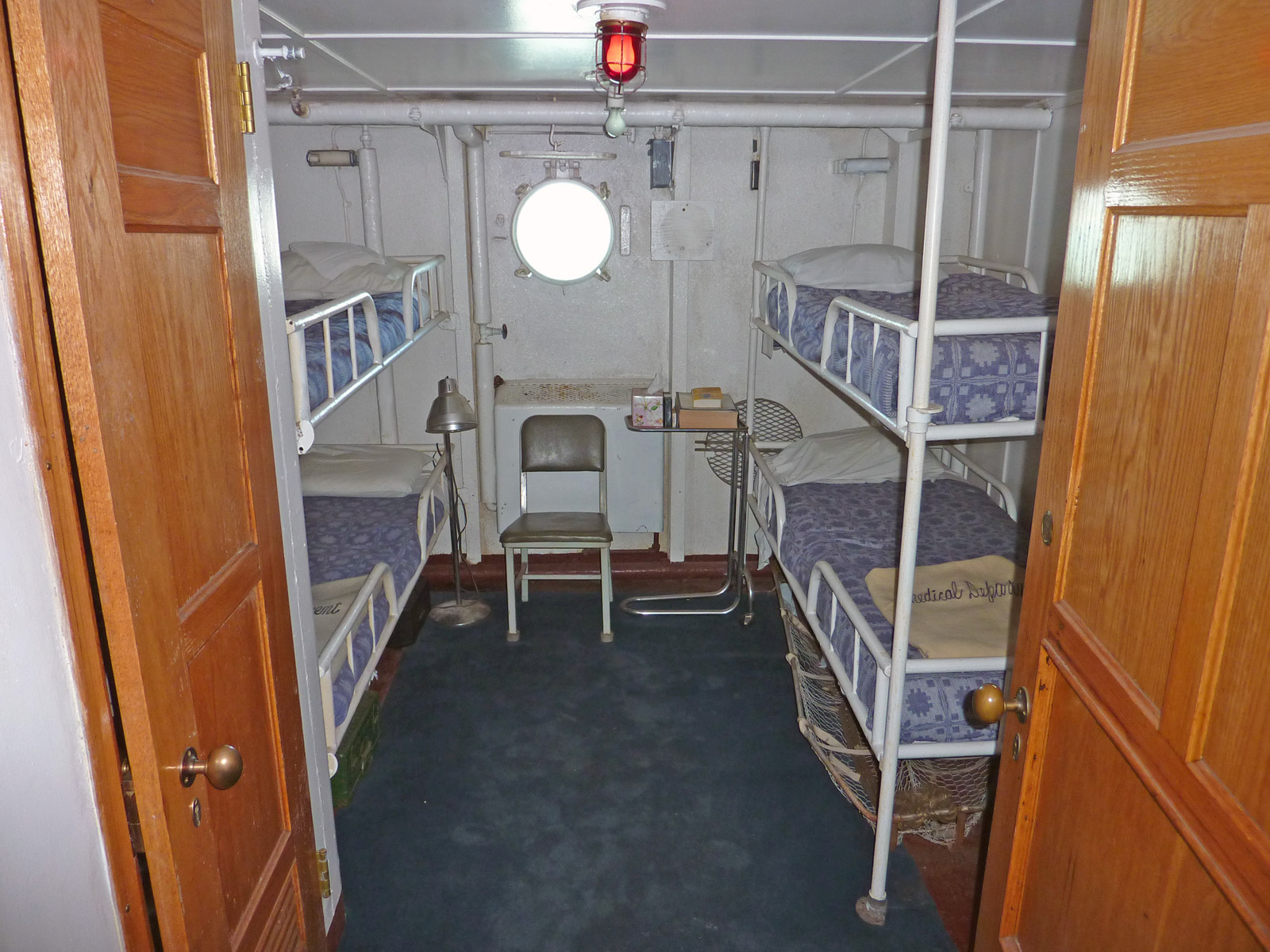
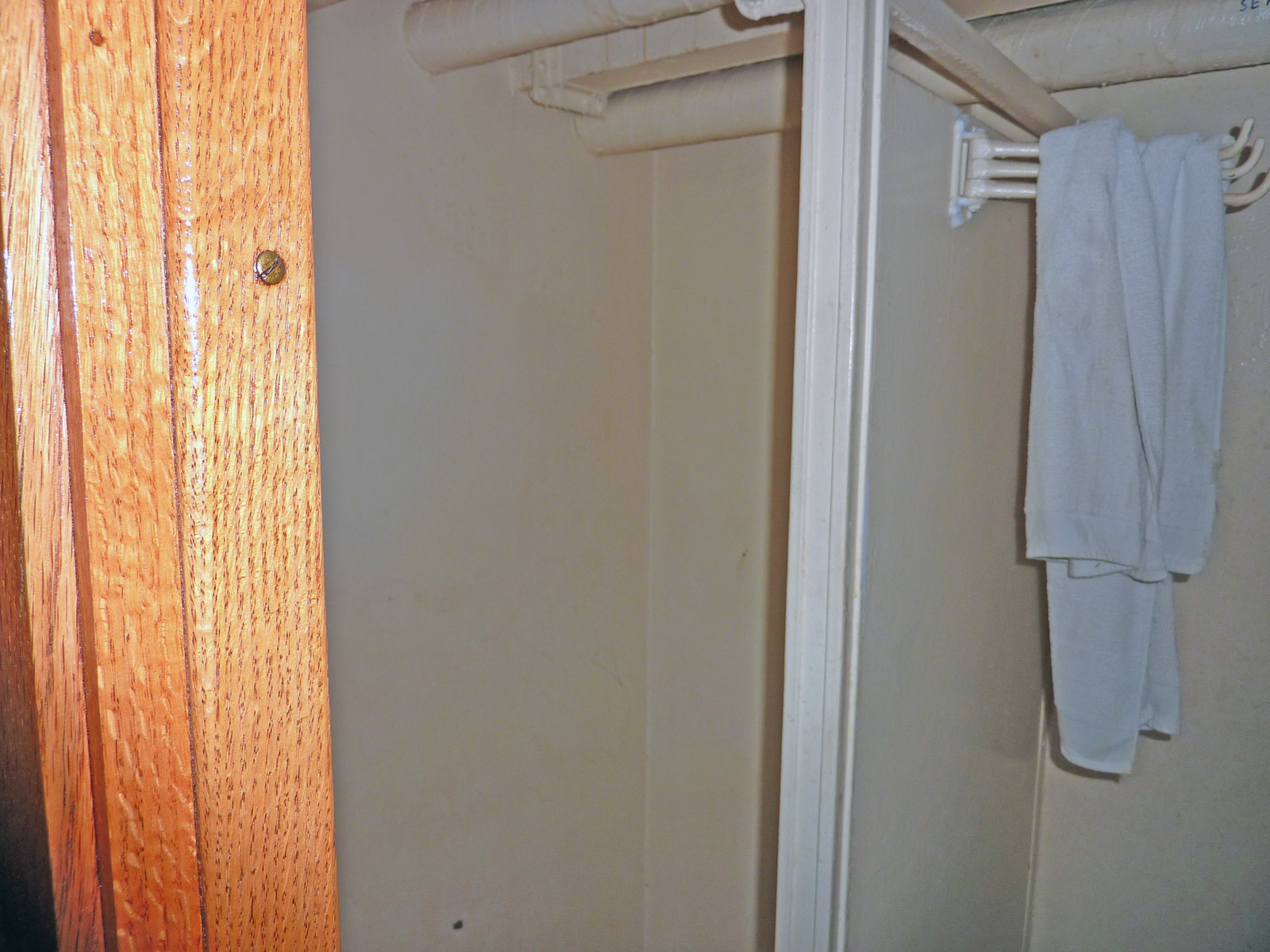
Sorry, not a great picture.
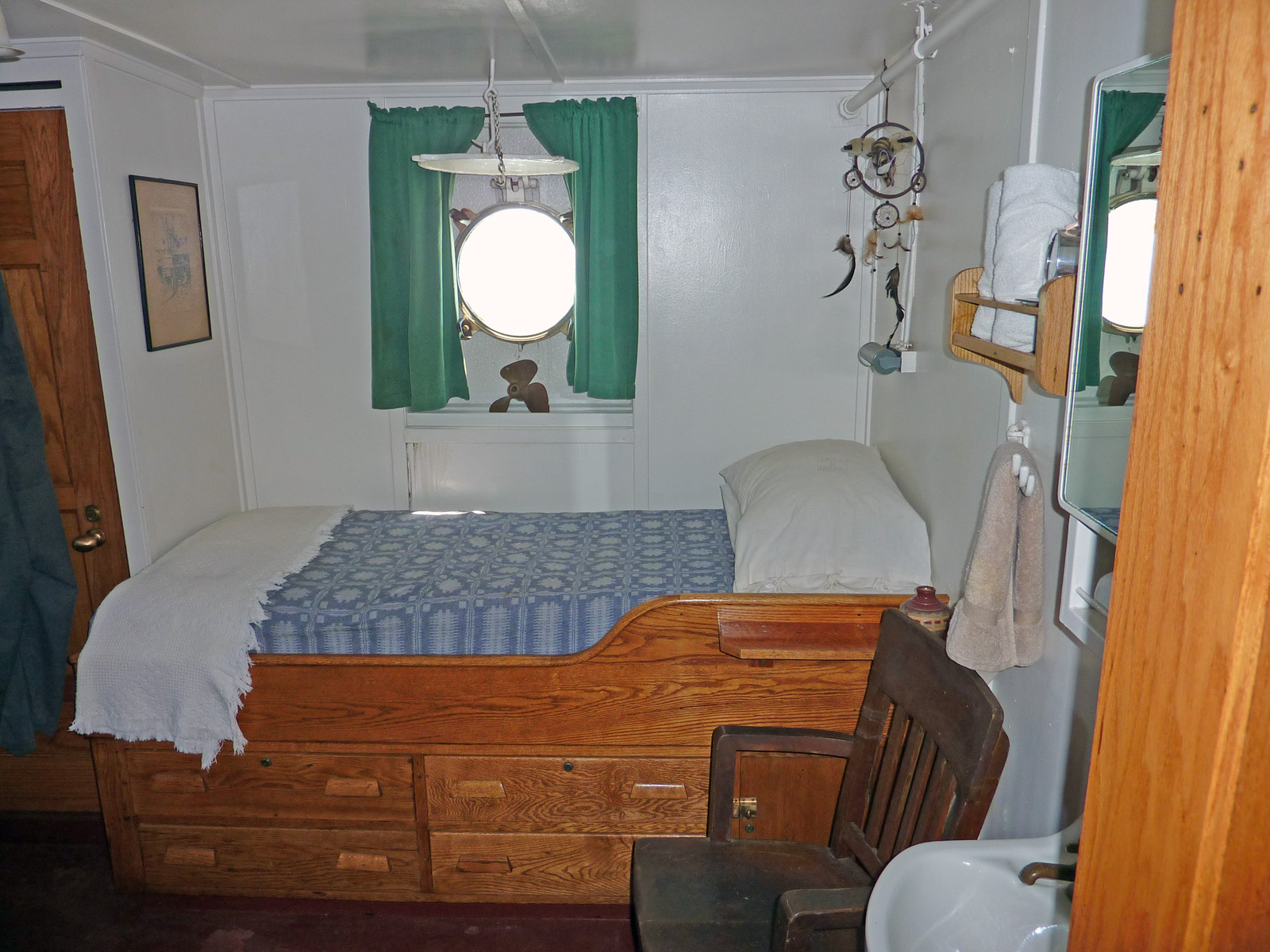
On the 02 level, below the bridge.
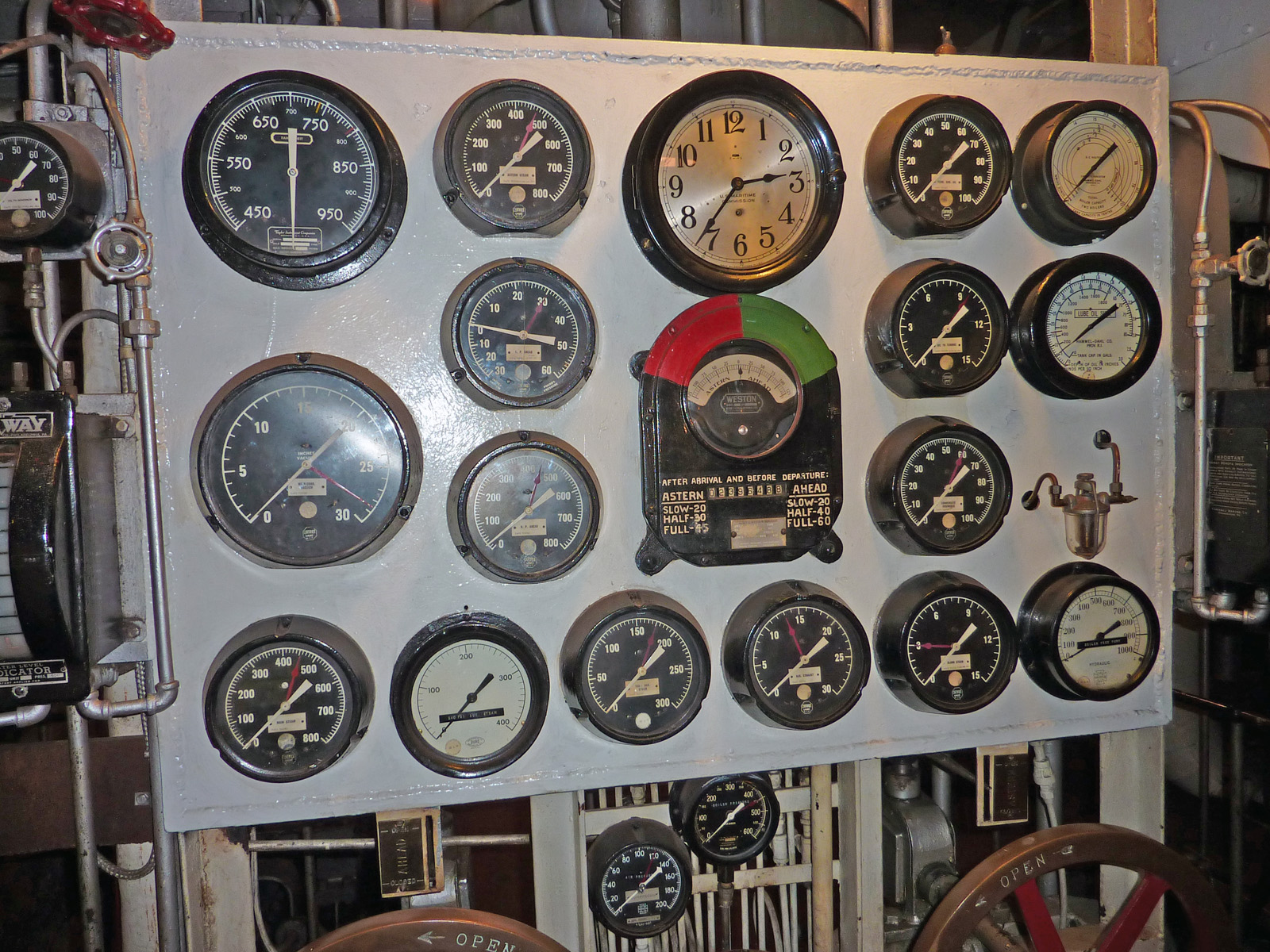
This is the throttle board.
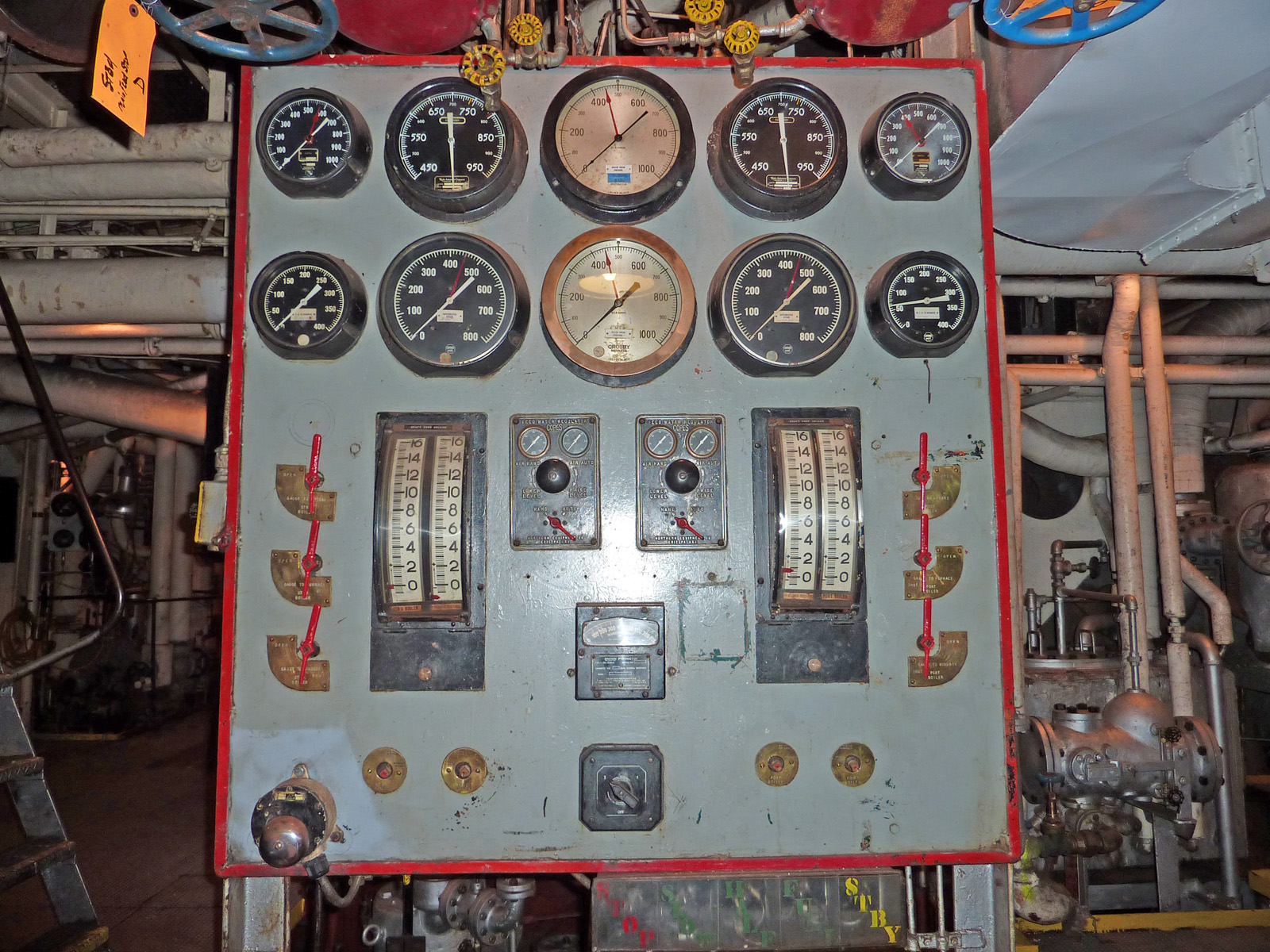
This is the main steam board.
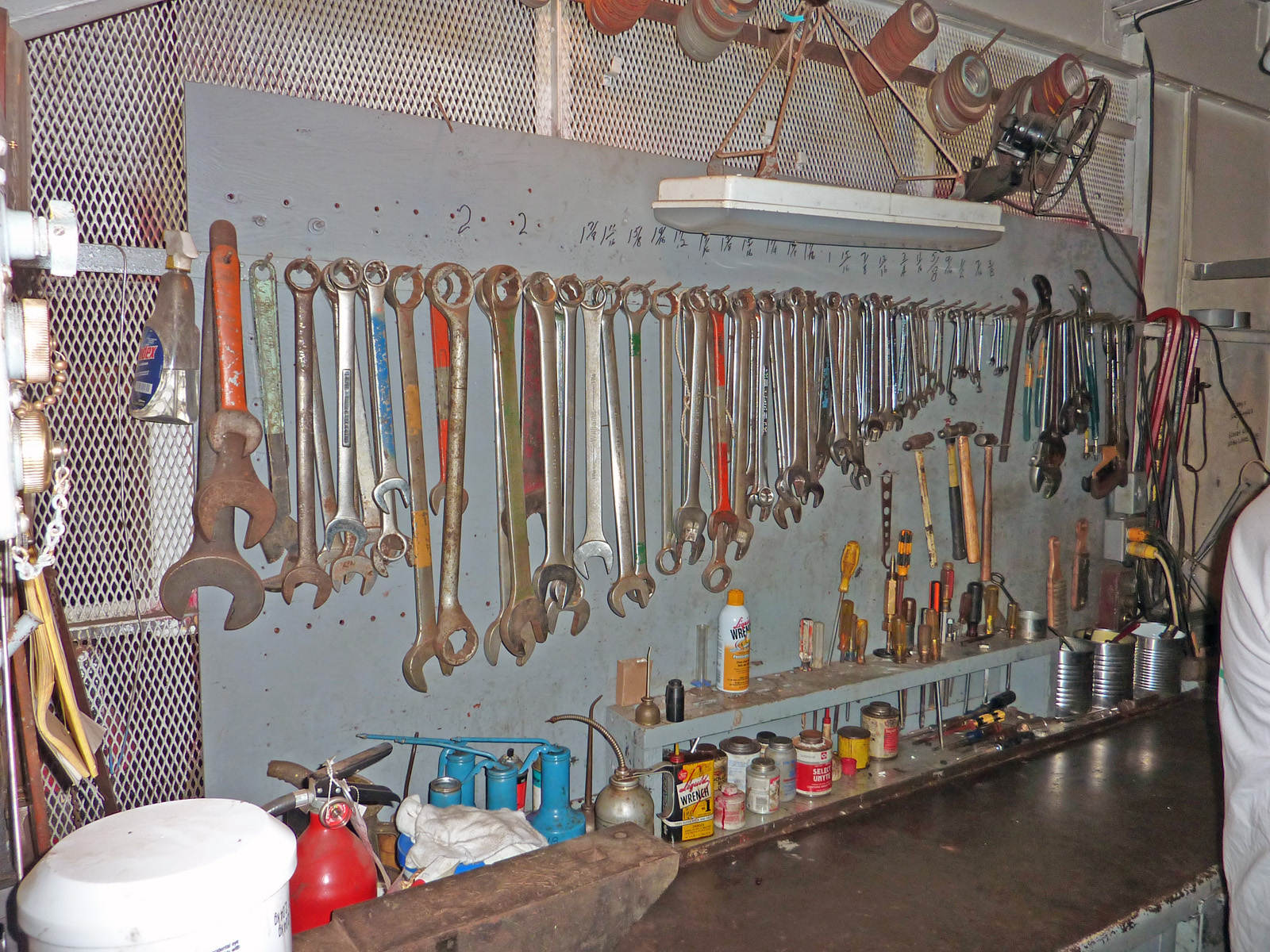
In the machine shop... wrenches of every size!
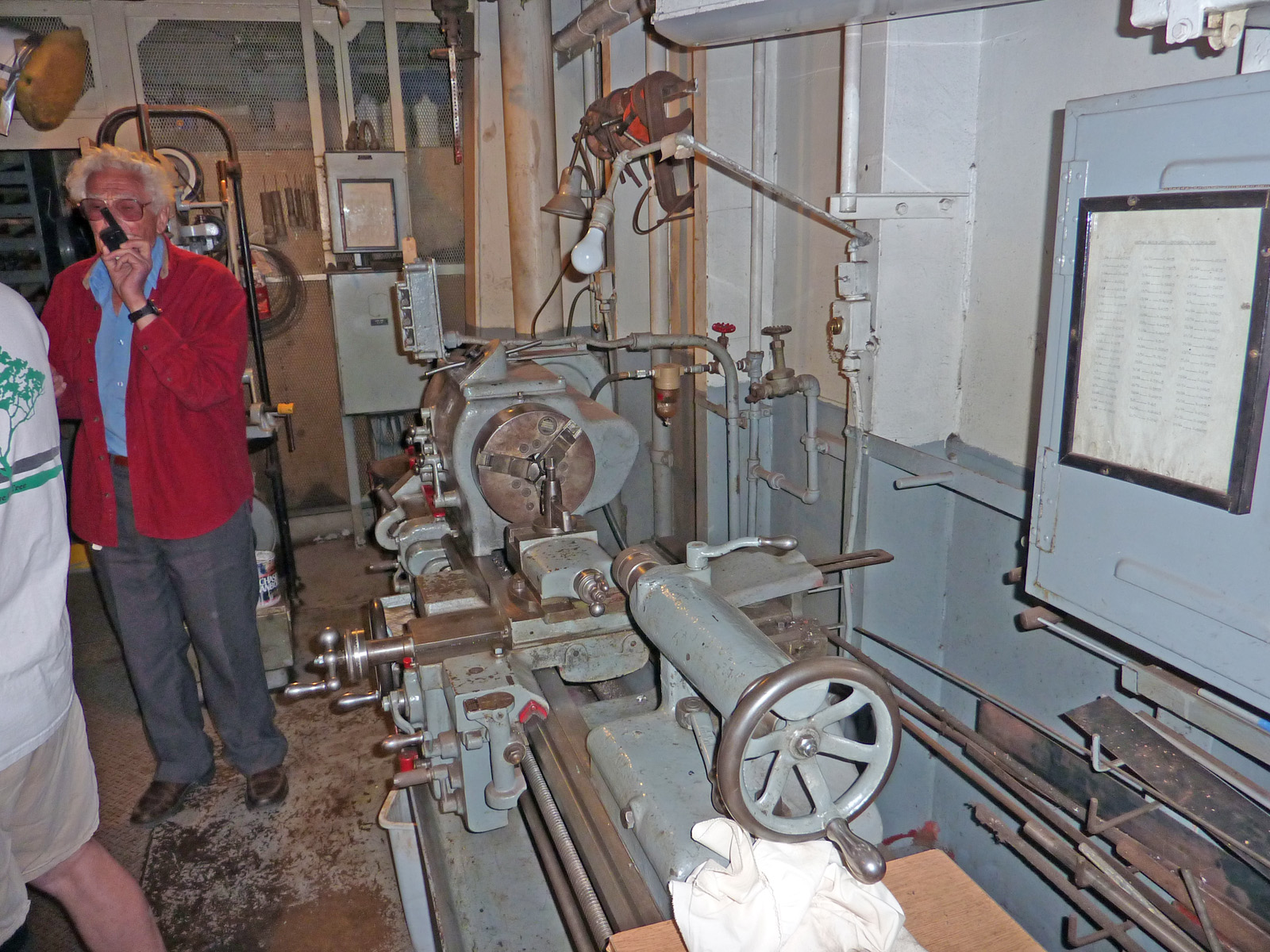
They made many of their own spare parts.
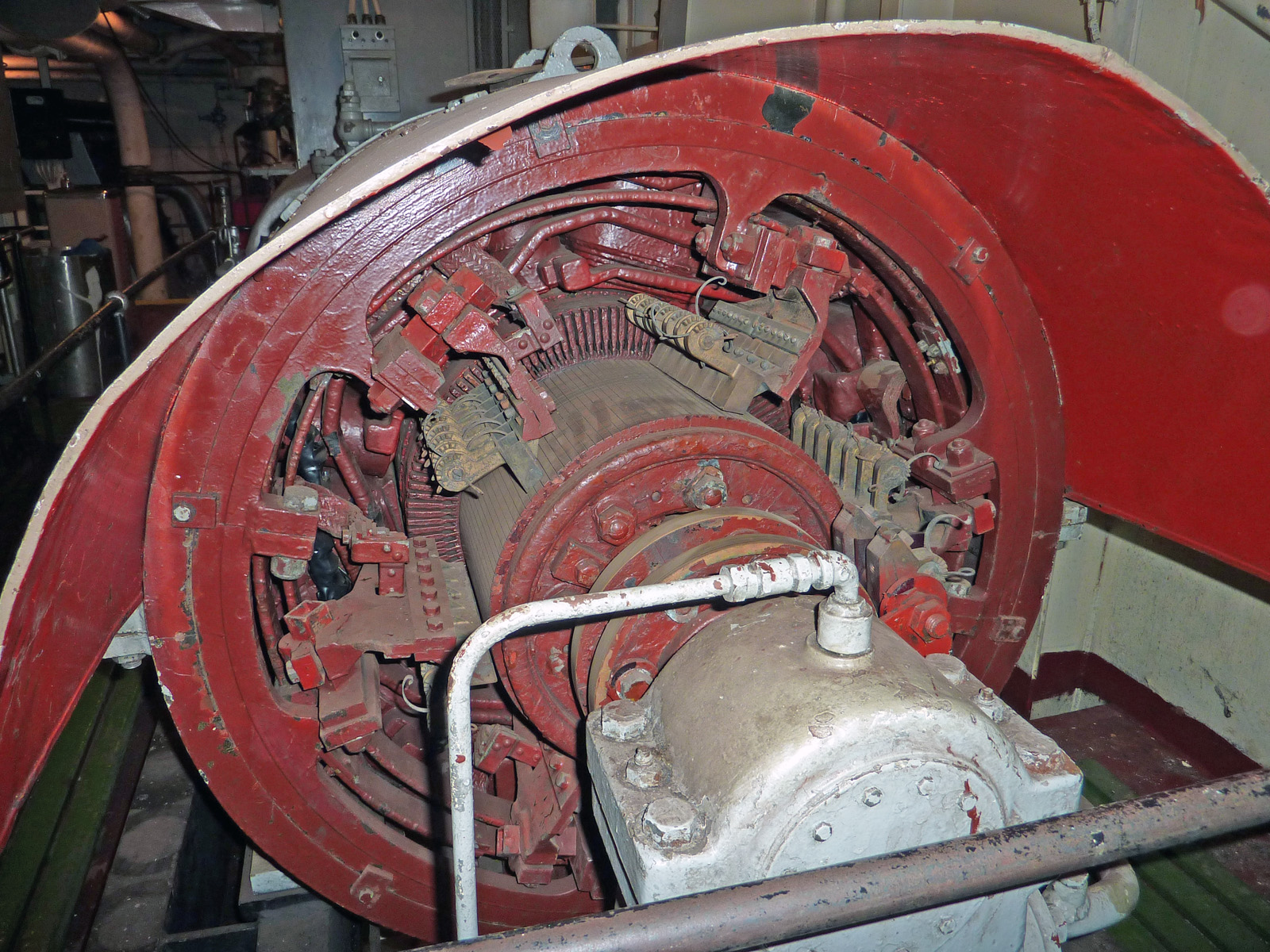
The business end of a large DC generator. All those brushes are needed for the high current There were two of these side by side, each powered by a steam turbine.
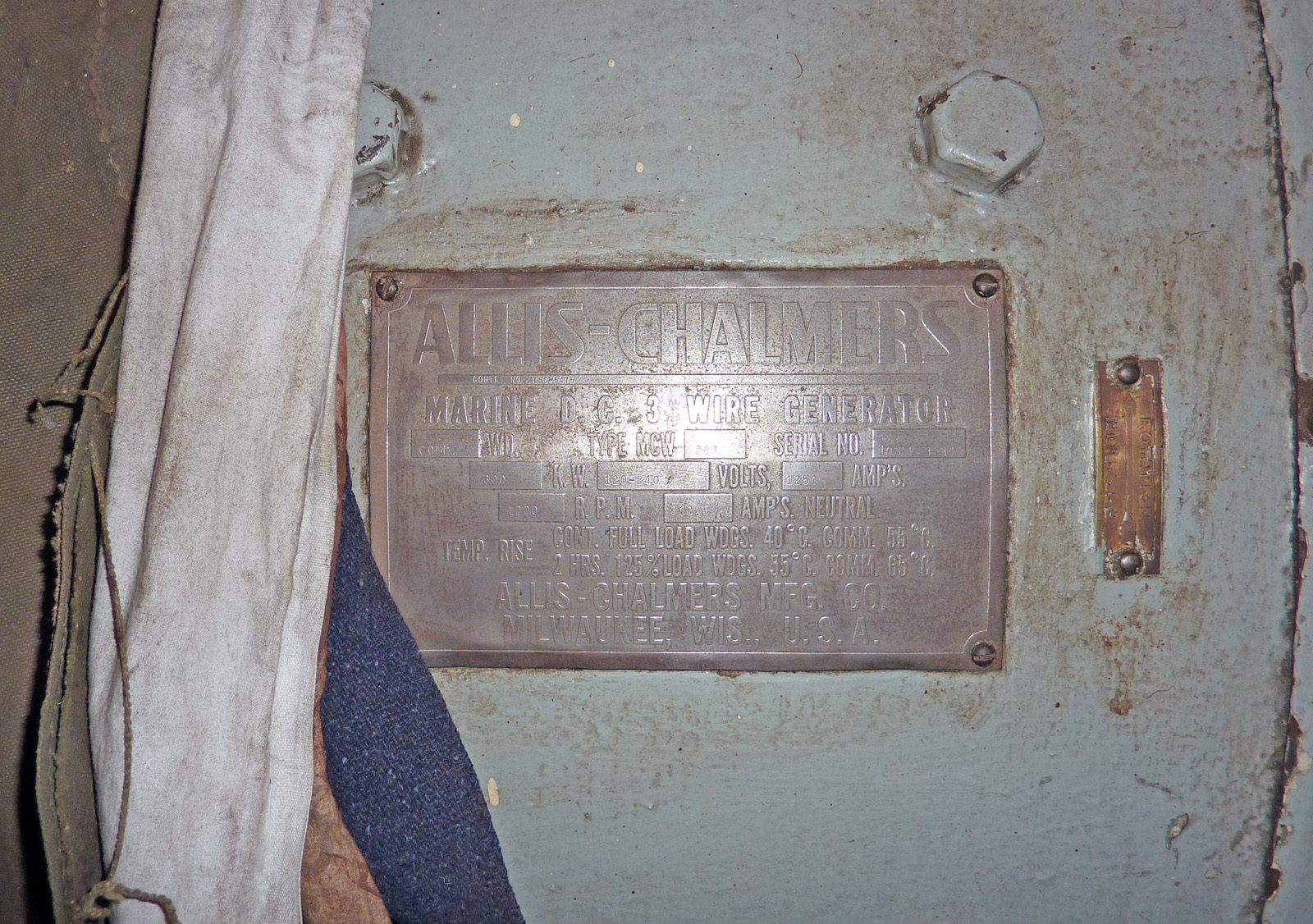
You can't read it in this view, but this is spec plate for the DC generator: 300KW 1250 amps at 240V DC. I remember the one's we had on the Michelson were larger: 1500 amps at 600 V (900KW).
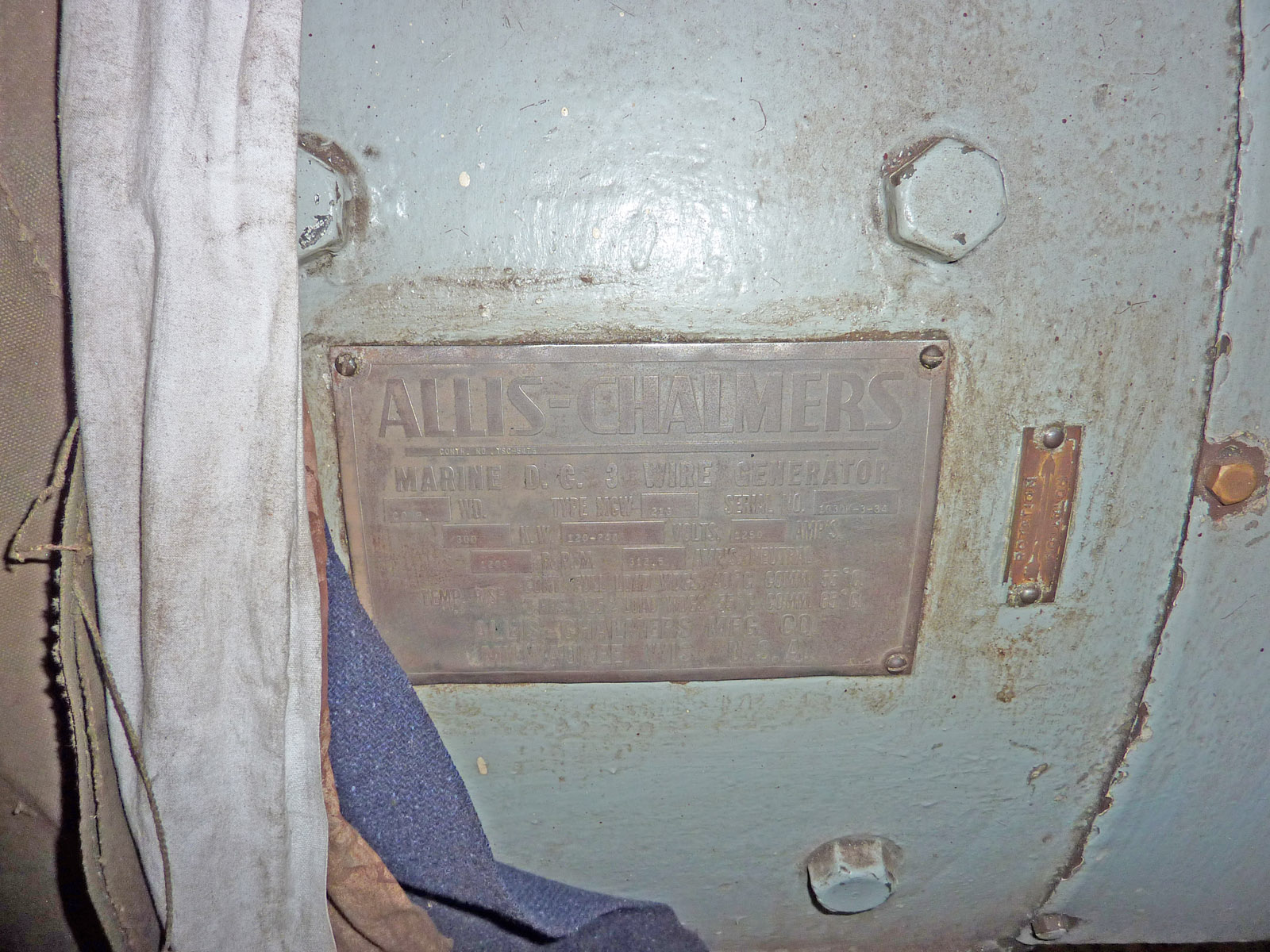
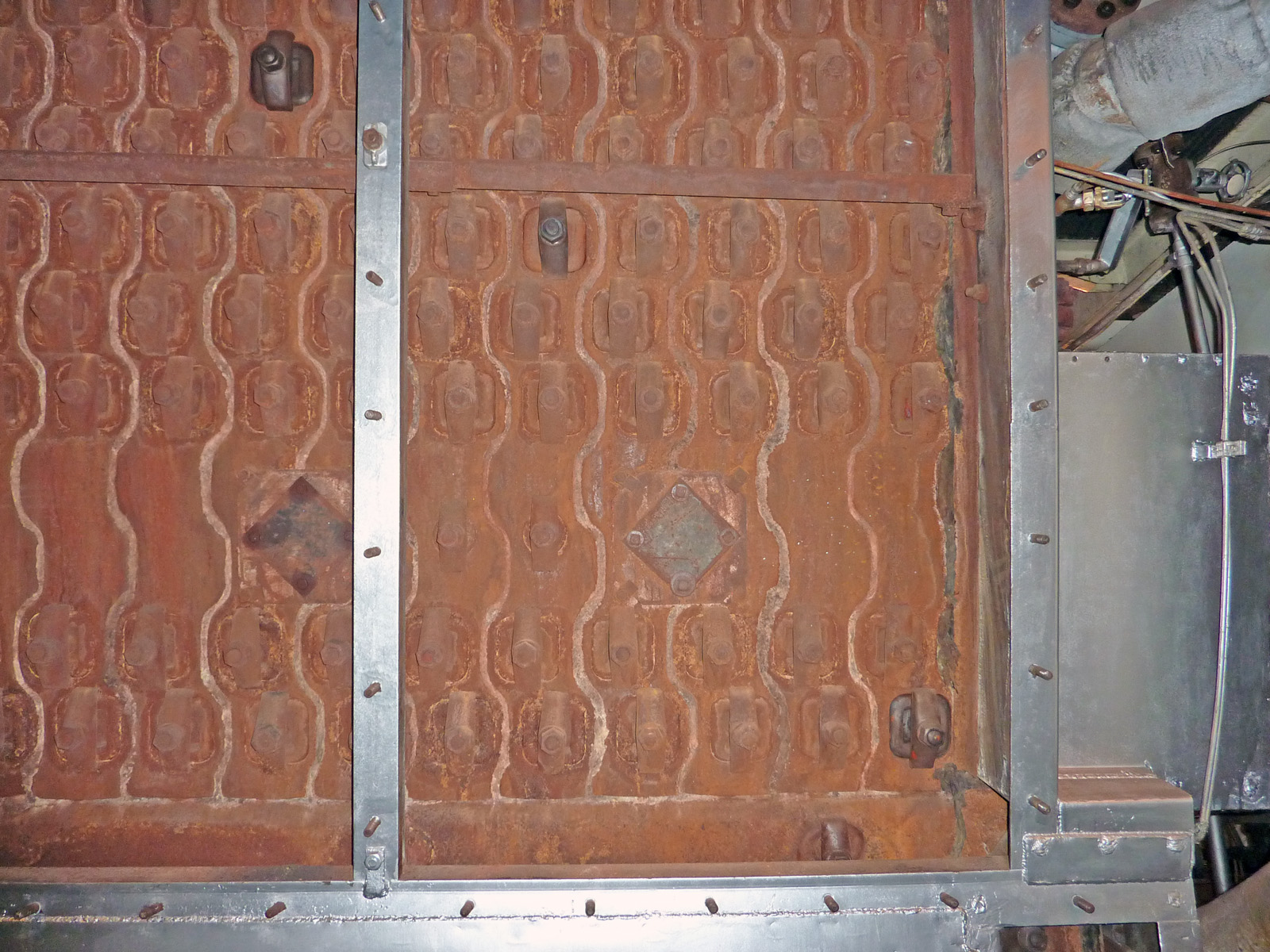
These sit above the boilers. Distilled water enters the steam tubes and is flashed to steam at 900F and 600 psi.
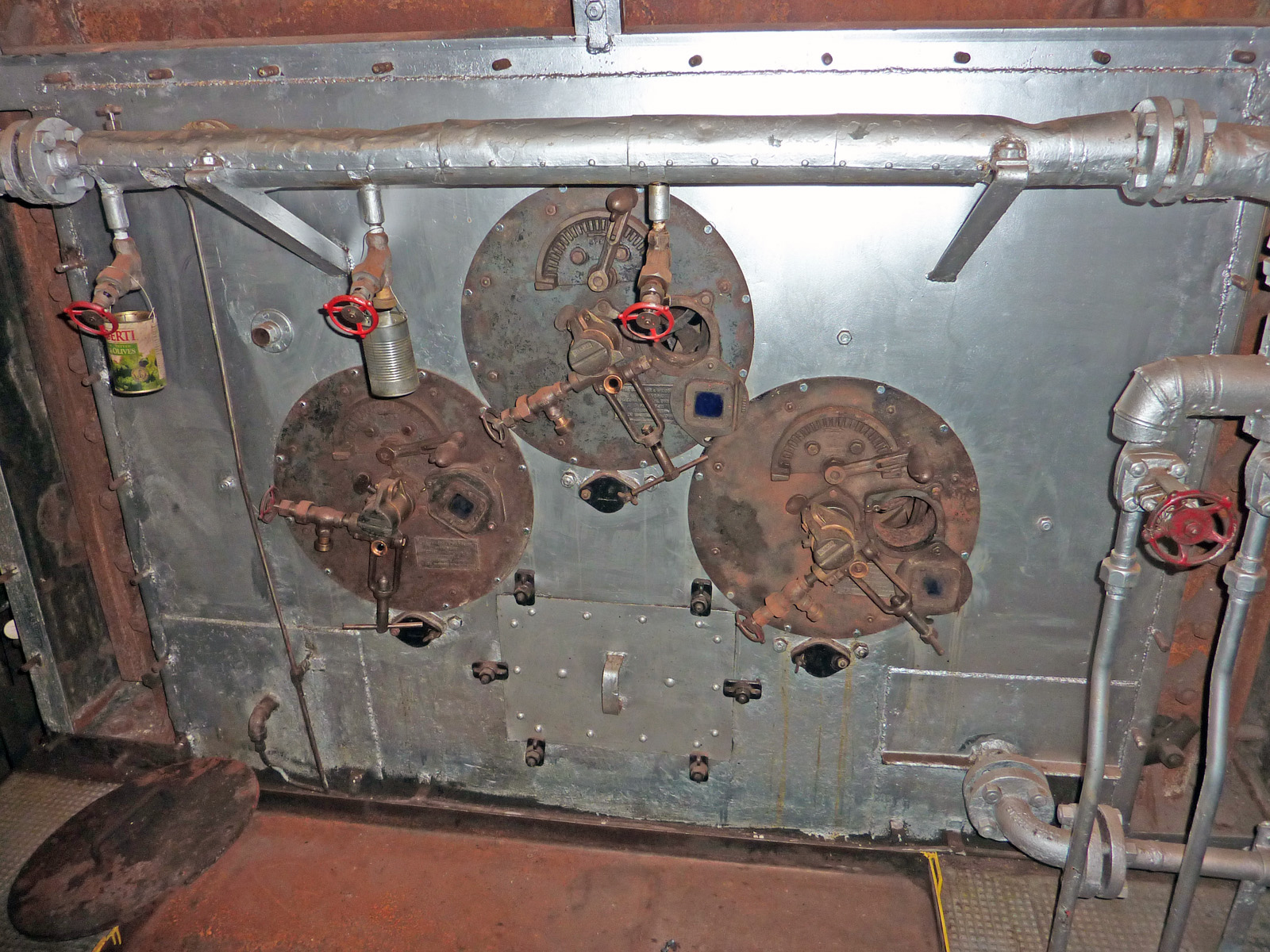
The boilers are started on regular #2 oil, equiv to diesel oil, then once the boilers are up to temp, they switch to heavy bunker oil, which is only a notch or two above crude.
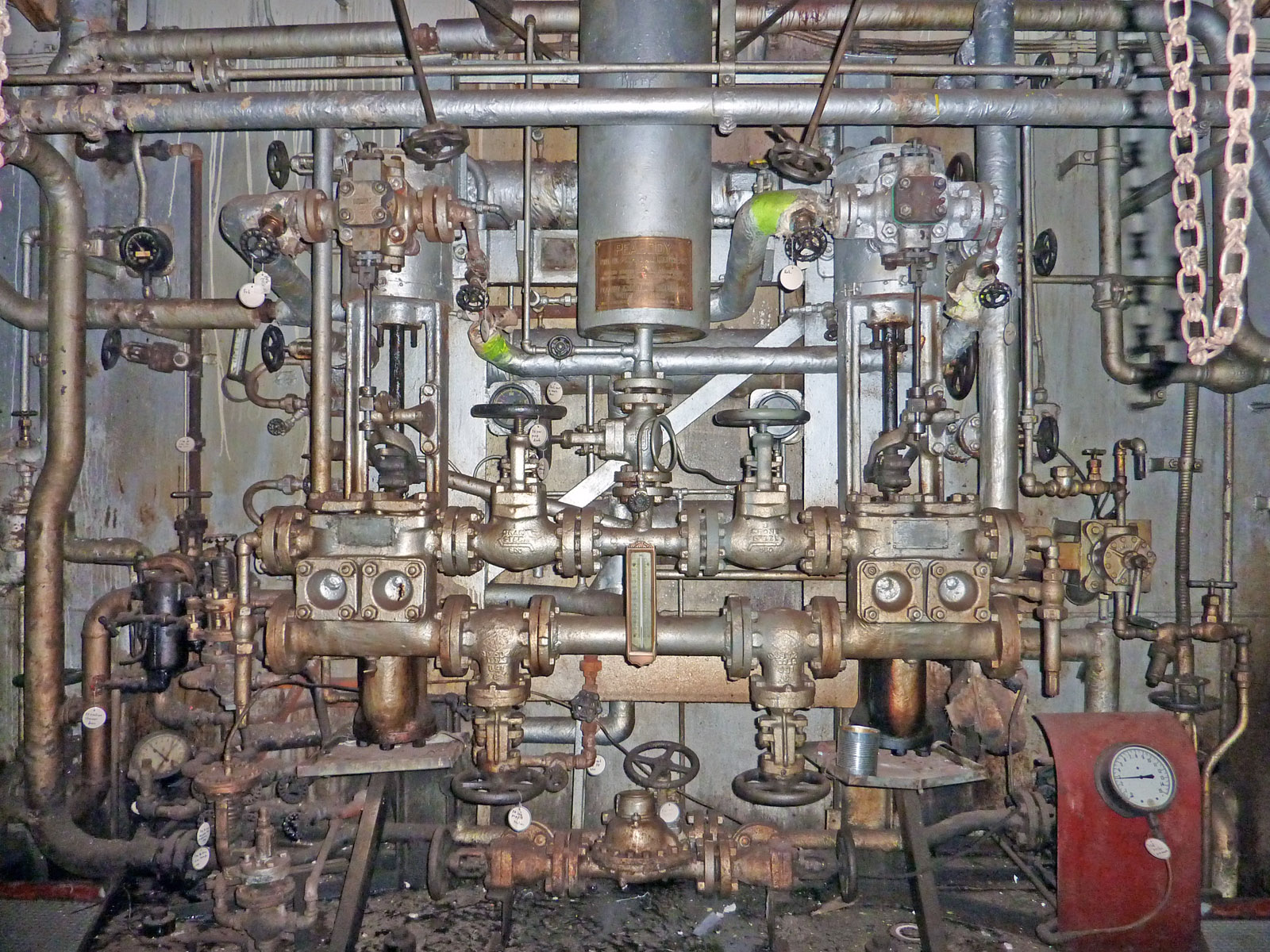
Henry Kaiser may have hired Rube Goldberg as an engineering consultant. They were contemporaries.

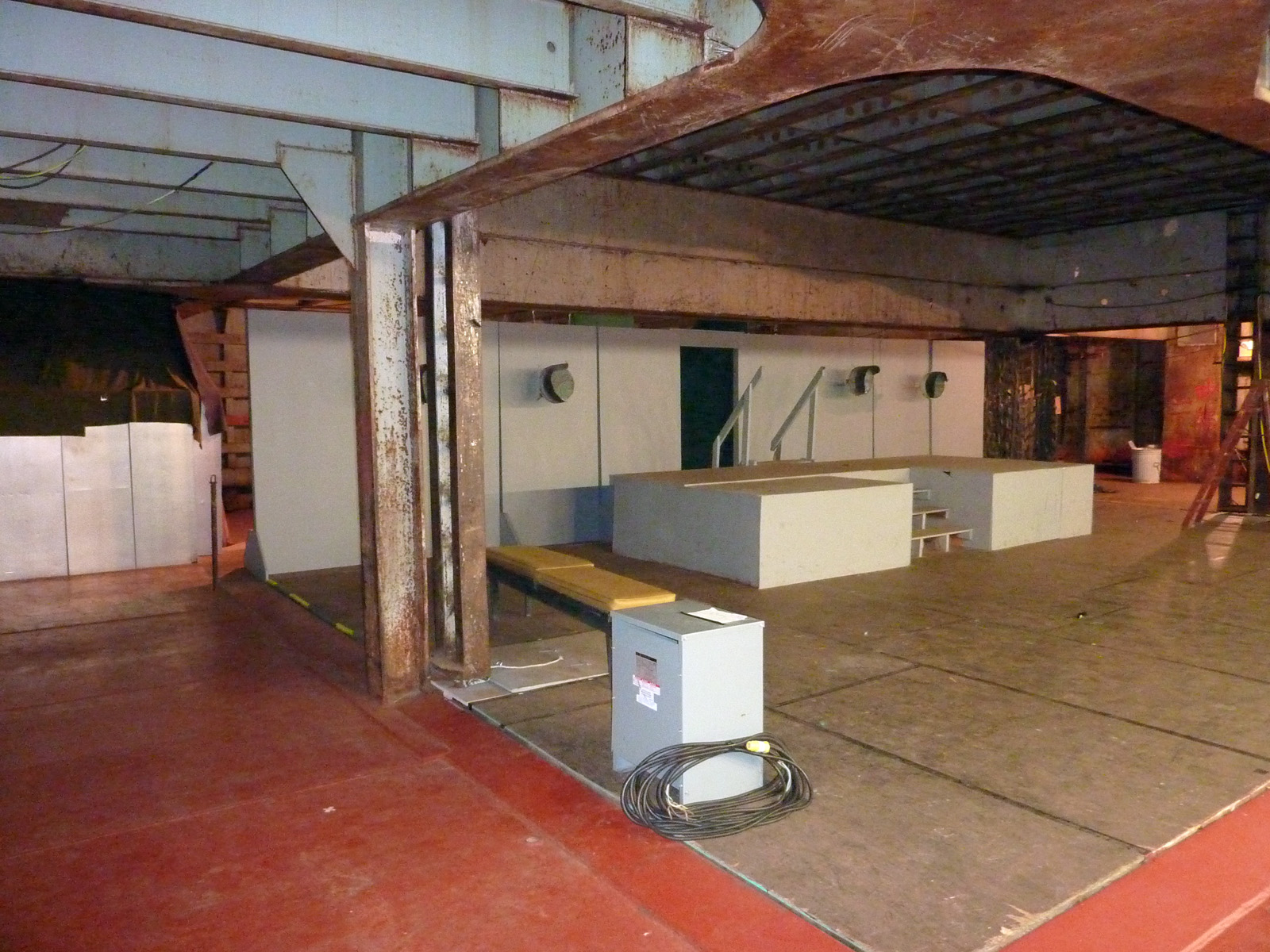
Just below the main deck.
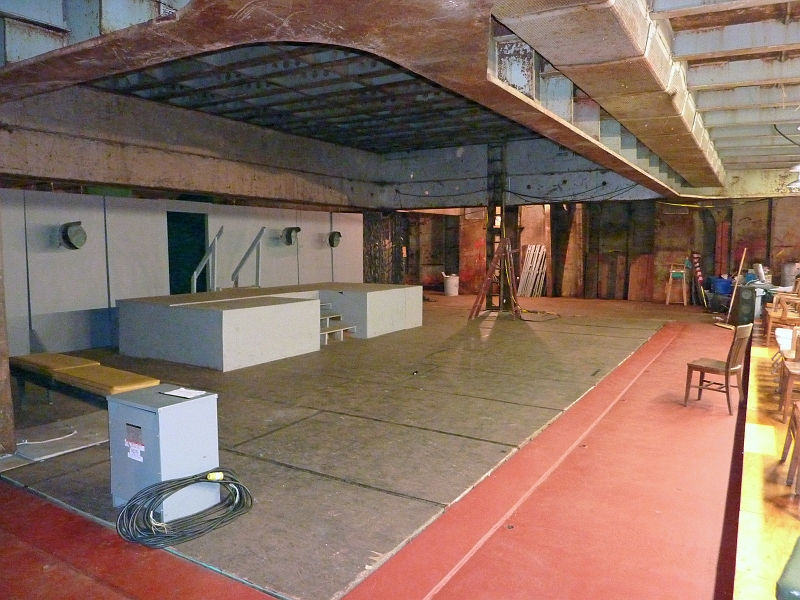
Just below the main deck.
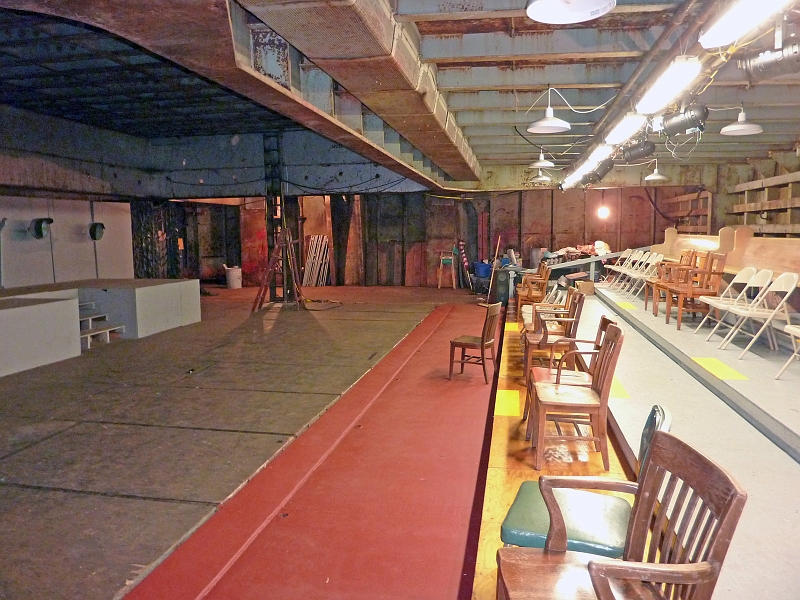
Audience seating.
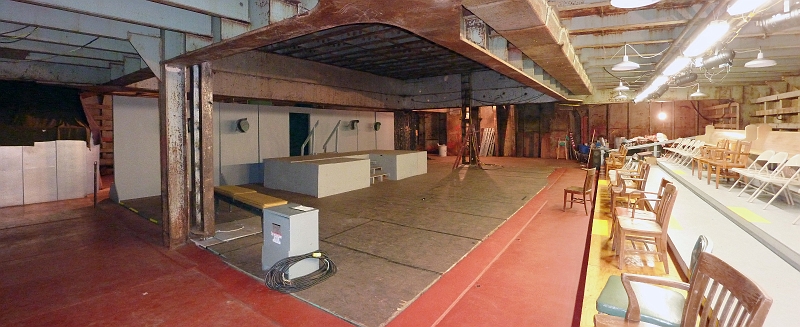
Four pics stitched together. This is the first level of the #3 hold, where the Navy crew quarters would be on the TAGS. One level down was NIC, below that was SONAR.
Another big W-I-D-E picture.
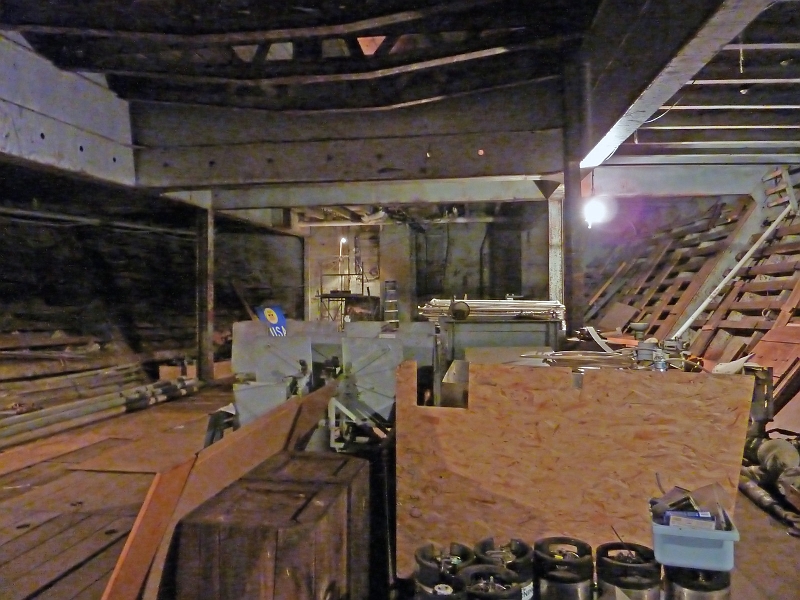
Aft, used for storage. They had thousands of marine charts from all over the world; all were dated 1950 to 1955.